|
This is a great video from Mission 31 about the midway aquanaut switch, when Liz and I descended to Aquarius. Aquanauts Adam, Andy and Kip first decompressed in Aquarius and then re-surfaced with outstretched arms to the sun. Liz, Matt and I said goodbye to the surface and dove to the bottom of the sea. Liz and I "high-fived" in the water on the dive down together to Aquarius.
What is historic Mission 31 (and why is it so special?) This great video from Fusion explains the story very well: "Living underwater gives ocean explorers an incredible advantage. Unlike normal surface diving, where a person can only stay underwater a few hours a day, Mission 31 aquanauts can be under the surface for 12 hours or more. This is because their bodies are saturated with nitrogen, allowing them to live at the same pressure as the water that surrounds them."
"To put it in perspective, it would take a normal diver six months to collect the amount of data that the aquanauts can obtain in 31 days."
"To say the least, Mission 31 is ... cool."
The cast of characters includes ... yours truly, Grace under no pressure :)
"This is a story about saving our waters, our oceans, our seas."
We Visited Jacques Cousteau's Grandson at the Bottom of the Ocean, article and video from This is Fusion.
Another great Mission 31 video is Splashdown: Aquanauts Switch Mid-Mission when when Liz, Matt and I splashed down to Aquarius.
6:00 AMI woke up to a dozen text messages asking for spur-of-the-moment interviews with various news media, which I didn't expect. What a way to wake up! Although I couldn't get to reef base in time for big pre-splashdown buzz, I was in time to catch the aquanauts entering Aquarius live. Reef base ("mission control") was chaotic. Various news media, including The Weather Channel, CNN, and NBC were there to cover the splashdown, while Aquarius' operations managers focused on making sure the aquanauts safely entered the habitat and everything went as planned. A couple of news articles from today are here: The Weather Channel and NBC. SplashdownAt mission control, there were a large group of people, including media, huddled around a computer monitor waiting for Fabien, Andy, and Adam to enter the habitat. Fabien had a huge smile as he entered Aquarius, his home for the next 31 days. I'm looking forward to joining with Liz on the 17th! Meanwhile, I'll be preparing scientific research, supporting with surface dives, and helping with ocean outreach. We all passed training and the mission has officially begun! NoonAfter things settled down, I joined our publicist Amy, plus Jen Carfagno and Donna from The Weather Channel for a lunch at the fabulous Cheeca Resort. It was a beautiful get-away. After lunch, I moved my things to the mission headquarters house so full-time Aquarius operations staff could take my room near reef base.
|
Get to know the aquanauts!
How did Fabien pick the team of aquanauts? "I picked [the] team by the great things that they can do," Fabien said in a tweet via @Mission_31. The Mission 31 website has a bio for each aquanaut on the team.
I hope to complete podcasts highlighting each of the aquanauts, including the great topside science researchers. In the meantime, CNET released short interviews with each of the Mission 31 aquanauts in the article: Deep thoughts from aquanauts: Meet the Mission 31 undersea team. Here's mine below:
It's the evening before M31 splashdown. Today the production team released a video about how the habitat is being prepared for the aquanauts. It really captures the energy around Aquarius. Check it out!
Video about the final preparations on Aquarius; tomorrow is splashdown for Fabien, Andy, Adam and Kip! Liz and I will switch with Adam and Andy on the 17th.
Meanwhile we aquanauts parted ways temporarily. Liz flew back to Boston today so she can train the Northeastern research divers before returning to the Keys when she and I saturate. Andy, Adam, and I had an amazing breakfast at Harriette's Restaurant in Key Largo with some of Andy's research mates, before heading to their research base. We also stopped by the hardware store for some last-minute research prep, and dropped off final supplies at the reef base for transportation to Aquarius tomorrow. At the base, we showed a Weather Channel representative around so she could prepare media coverage for tomorrow.
Back at mission headquarters, it's a little chaotic. Fabien managed to complete a whirlwind of back-to-back interviews for various news sources, including the Weather Channel, Sky News, NBC and others (all listed on the M31 Facebook page). I hope he gets time to relax before splashdown at 10 am tomorrow! Meanwhile the boys and I are planning to spend the evening with popcorn and a movie as they savor their last moments on land (for the next two weeks). We already miss Liz! Can't wait till she returns on the 15th.
| It's hard to comprehend all that's happened in the last two weeks. It's been a whirlwind of adventure, meeting new people, learning, and jumping (literally) out of my comfort zone. I can't believe how time has flown by; already, we're done with training! Today we dove for a little over an hour, getting in final practice with the full face masks and the double tanks. We also did an underwater photo shoot with the ultra-high definition RED camera, for Fabien's documentary film. The RED camera has revolutionized photography with a sensor that has more than 5 times the number of pixels of the very best HD camera. RED: The Camera that Changed Hollywood. Our final debriefing was sentimental. Roger, chief of Aquarius operations, told us more people have gone into space than have lived underwater, so what we're doing is very special. We have now a unique opportunity to bring ocean science and public awareness to a new level. It's tremendously exciting! Fabien said it only hit him yesterday that this was finally real, really happening. At last, there's no turning back! In the afternoon, a research team from the Florida Institute of Technology (FIU) showed us how to use their sonar imaging system. This system will help record and monitor fish, and our FIU researchers will use the system to record fish behavior in response to predators. Splashdown is in 48 hours! Tonight we'll celebrate, somehow. |
Today we dove in full-face Kirby Morgan dive masks that we'll use on Mission31. They were designed exclusively for military use, but Fabien secured them for our team. The masks are manufactured by Kirby Morgan, just like our dive helmets, so both have the same name. They look a little scary (or fashionable... depending on your perspective), similar looking to gas masks, I think.
The full-face masks were tricky to get used to at first, especially getting them on and clipping the regulator into the side. But once I got the hang of the mask, it was nice to be able to relax my jaw while diving and not have to grip a regulator in my mouth, and to be able to breathe normally from my nose.
Underwater Choreography & Dive Drills
We practiced many dive drills again today. Remembering basic diving drills is a lot like remembering dance choreography, such as . . .
The drills were complicated at first, but now we can all do them without even thinking, with and without our masks!
Manatee at the Dock
| When we returned to the aquanaut house, we had the pleasure of meeting a manatee by our dock! I've always wanted to "meet" a manatee, and this one was so friendly! She stared at us and rolled around for quite a bit before heading below the dock. This evening at mission headquarters, we met with a representative from Nokia, one of our sponsors. She showed us some cool features of our new phones, including its professional-quality camera and image editing capabilities. We also finally got to meet Mission31's publicist, Amy Summers, who visited today. It's so nice to meet the face behind so many emails! |
Serious Training . . .
| Today was fun (...even though we were reviewing some serious emergency situations). We started in the classroom reviewing drills we'd do in the water, including how to use the marine VHF radios and safety sausages (brightly-colored, inflatable buoy columns) we'll always have with us underwater. We all got a little competitive during the emergency drills, which kept everyone's attention piqued. In the first drill, we practiced navigating with a compass. To make sure we weren't cheating, the instructors put towels over our heads (Mission 31 monogrammed towels, of course), so we had to "blindly" rely on only our compass heading to get where we wanted to go. I'm sure this looked ridiculous to anyone who passed by, but we're all now great at navigating! |
We also drilled a worst case scenario in which both divers are disoriented and lost their masks. Our goal was to return safely to the habitat. To do this, we attached our secondary reel of rope to a stationary point on the seafloor and used the line to swim in a circle (in a constant radius) around the stationary point looking for one of the neon excursion lines that led back to the habitat (all without masks). Initially the drill was complicated; but practicing it first on land really helped. In the water, Liz and I nailed it. Liz described in her Girls's Rule blog post: "It was a good feeling to be on the same page as my dive buddy Grace, especially considering we are about to spend over 20,000 minutes underwater together! I have a feeling that by the end of the Mission, Grace and I will be able to read each other's minds underwater."
Billy Snook, a member of the Mission 31 production team, filmed us underwater today with a Nokia (one of our sponsors) Lumia 1020 camera. Thanks to Billy and Nokia for the photos and video clips bleow!
Billy Snook, a member of the Mission 31 production team, filmed us underwater today with a Nokia (one of our sponsors) Lumia 1020 camera. Thanks to Billy and Nokia for the photos and video clips bleow!
Here's a video of today's underwater training
and here's some sea life we saw today
| | |
and photos from the boat
Two Aquarius dive masters named Otter and Otto ran our training today. We again started in the classroom and finished in the water. We took a virtual tour of Aquarius and then had safety briefings on emergency drills for the habitat. Emergency situations for the habitat include getting lost, running out of air, receiving contaminated air, flooding, and fire. A fire underwater might seem like a firefighter's dream, but it's not; a fire could devastate Aquarius wiring and/or the habitat from inside where there is 2.5 times more oxygen than on the surface. We'll run through habitat safety drills again throughout this week.
This afternoon we dove with double tanks again near Aquarius. Double air means more time to work in the water, so we'll use double tanks whenever we're not using the dive helmets. Otter and Otto ran us through the drills we discussed earlier in the classroom, including extending and recalling excursion lines (i.e., ropes we can follow back to the habitat), searching for a lost buddy diver, buddy breathing while swimming, and turning on/off all the valves on our tanks with our masks off. We all did ok. It's a bit hard to get used to swimming with two heavy tanks on your back plus all the extra gear, including two reels, knife, extra regulator, slate, radio, strobe light, and a safety sausage (an inflatable, bright-colored column).
In the evening we headed back to mission headquarters for home-made pizza! Tomorrow we'll train longer underwater with more mask-off drills, so I expect my eyes to hurt.
| My favorite part of the classroom session today was learning about what we can pack. For some odd reason, I've always loved packing for trips. All of our stuff going to Aquarius gets there in pods delivered by Navy divers, so it goes from 1 to 2.5 atmospheres of pressure. That means anything slightly toxic on the surface is 2.5 times more toxic in the habitat (and there's twice as much O2!). For this reason, we're extra cautious about fire hazards and are advised not to use scented products (like antiperspirant) that have toxins in them. Otter told us a fire once started from a Pop-Tart in the microwave! |
Otter, a former Navy diver and our classroom instructor today, reiterated the importance of safety. We reviewed what to do if we get lost, separated from our dive buddy, run out of air, have equipment malfunctions (from regulator failure to loss of a flipper), or fire breaks out. By the end of the week we'll know how to deal with all imaginable emergencies.
It's easy to become disoriented underwater; sometimes everything around you looks blue! When we're in the diving helmets, we're always able to follow our air-carrying umbilical cord back to the habitat. While we're in SCUBA gear, we can follow excursion lines (i.e., ropes) leading back to Aquarius.
In an emergency while saturated, your instinct shouldn't be to go to the surface, but back to the habitat. Rushing to the surface while saturation diving is as dangerous as rushing to the bottom of the ocean from land; your body doesn't have time to adjust to pressure differences without careful procedures.
We must also remain cognizant of our surroundings. Visibility (how far you can see underwater) can change on the reef from 100ft to 10ft in a few minutes, meaning one moment you can see your dive buddy next to you and the next she's out of sight. If we ever lose sight of our dive buddy, we need to do a quick circle-swim to look for them and then head back to the habitat to send out a search party. There's always a standby diver in the habitat ready to jump in the water and assist in any sort if rescue.
Running out of air is almost always caused by lack of dive-planning or diver carelessness. All the aquanauts are experienced divers so we're not going to let this happen, plus one of the habitat technicians will also track every dive. He said if we return from a dive as much as a minute later than planned, the search party will deploy. That said, we still practice what to do in case we run out of air! Like I said, we're preparing for every imaginable emergency situation. In case a diver is out if air, they would buddy breathe or use the alternate regulator of their dive buddy. We also tested our respiratory stamina in the pool. We need to know how far we can swim on a single breath so we know our limits. We'll always plan our dives to return to Aquarius with at least 500 psi in our tanks, so if something unexpected happens we'll have enough air to deal with it.
Practically all our gear has fail-safe mechanisms; e.g., on SCUBA we have two regulators with us, two tanks, three ways to inflate/deflate our buoyancy control device, three ways to signal for help (radio, strobe, and inflatable), so in the rare case one failed, we've a backup, or our buddy's extra. It's rare that gear fails, however, but we're prepared for anything.
Kindergarteners I spoke to recently asked me, "What if a shark ate your mouthpiece? What if a shark bit your tank? What if you tripped on a turtle?" With all the fail-safes on my gear and emergency scenario training, I can deal with all those situations.
Apparently the most common medical issues while saturation diving are ear infections and infected cuts. The habitat technicians are trained dive-medical officers so they're prepared for everything. We also need to be aware of hyperthermia. The water feels warm, slightly over 80 degrees, but swimming for three hours (like we'll be doing) can wick away your body heat and lower your body temperature below its normal 98 degrees.
We also claimed Aquarius bunks today. There are two stacks of three bunks. The technicians need the lower bunks so they can get out of bed quickly to fix things. Fabien called the middle starboard bunk because he's left handed. Liz and I wanted top bunks; she's left handed and I'm right handed so we'll split starboard and port. We're a team made in heaven!
It's easy to become disoriented underwater; sometimes everything around you looks blue! When we're in the diving helmets, we're always able to follow our air-carrying umbilical cord back to the habitat. While we're in SCUBA gear, we can follow excursion lines (i.e., ropes) leading back to Aquarius.
In an emergency while saturated, your instinct shouldn't be to go to the surface, but back to the habitat. Rushing to the surface while saturation diving is as dangerous as rushing to the bottom of the ocean from land; your body doesn't have time to adjust to pressure differences without careful procedures.
We must also remain cognizant of our surroundings. Visibility (how far you can see underwater) can change on the reef from 100ft to 10ft in a few minutes, meaning one moment you can see your dive buddy next to you and the next she's out of sight. If we ever lose sight of our dive buddy, we need to do a quick circle-swim to look for them and then head back to the habitat to send out a search party. There's always a standby diver in the habitat ready to jump in the water and assist in any sort if rescue.
Running out of air is almost always caused by lack of dive-planning or diver carelessness. All the aquanauts are experienced divers so we're not going to let this happen, plus one of the habitat technicians will also track every dive. He said if we return from a dive as much as a minute later than planned, the search party will deploy. That said, we still practice what to do in case we run out of air! Like I said, we're preparing for every imaginable emergency situation. In case a diver is out if air, they would buddy breathe or use the alternate regulator of their dive buddy. We also tested our respiratory stamina in the pool. We need to know how far we can swim on a single breath so we know our limits. We'll always plan our dives to return to Aquarius with at least 500 psi in our tanks, so if something unexpected happens we'll have enough air to deal with it.
Practically all our gear has fail-safe mechanisms; e.g., on SCUBA we have two regulators with us, two tanks, three ways to inflate/deflate our buoyancy control device, three ways to signal for help (radio, strobe, and inflatable), so in the rare case one failed, we've a backup, or our buddy's extra. It's rare that gear fails, however, but we're prepared for anything.
Kindergarteners I spoke to recently asked me, "What if a shark ate your mouthpiece? What if a shark bit your tank? What if you tripped on a turtle?" With all the fail-safes on my gear and emergency scenario training, I can deal with all those situations.
Apparently the most common medical issues while saturation diving are ear infections and infected cuts. The habitat technicians are trained dive-medical officers so they're prepared for everything. We also need to be aware of hyperthermia. The water feels warm, slightly over 80 degrees, but swimming for three hours (like we'll be doing) can wick away your body heat and lower your body temperature below its normal 98 degrees.
We also claimed Aquarius bunks today. There are two stacks of three bunks. The technicians need the lower bunks so they can get out of bed quickly to fix things. Fabien called the middle starboard bunk because he's left handed. Liz and I wanted top bunks; she's left handed and I'm right handed so we'll split starboard and port. We're a team made in heaven!
After lunch, we dove in the double tanks, like we'll do from Aquarius. The dual tanks are tricky to get use to because they're so heavy, but the advantage is we'll carry enough air to dive for several hours. We got the hang of swimming with them, however, and aced the practice drills, including shutting off, turning on, isolating and de-isolating the tanks, practicing buddy breathing, and doing flips and turns to show that we're comfortable in the new gear.
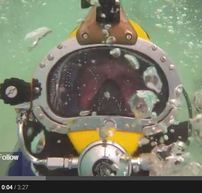
Just after dinner, the production team uploaded the first video of our training week! Check it out: http://m.youtube.com/watch?feature=youtu.be&v=fb9W_WQL9Lg
This morning mission scientists (Adam, Andy, Liz, and I) reviewed all the research experiments with the rest of the Mission 31 team. Researchers from Northeastern also joined us on a conference call. "Mission scientists" aren't the only scientists involved in this mission. Dozens of other scientists and technical advisors are participating by providing knowledge, expertise, research equipment, and other resources. From Northeastern, for example, five graduate students designed experiments for the aquanauts to conduct. Other researchers will also assist us via regular surface dives in the work that don't require saturation diving. See What's Mission 31 All About? Understanding M31 Ocean Research [video] in my blog.
The Big Take-Away
The big take away here is that we are conducting research that isn't possible without Aquarius, the world's only undersea laboratory. It would take a normal diver six months to collect the amount of data that the aquanauts can obtain in 31 days. Specifically, we're researching:
- Coral reef health
- Goliath grouper feeding behavior
- Zooplankton
- Barrel sponges
- Environmental contamination
The Team
Science research during the first half of Mission 31 is run by Florida International University (FIU), and by Northeastern University (and me, from MIT) during the second half of the mission. For the second half, Liz and I are aquanauts working with a large team, including:
Principal researchers: Mark Patterson, Brian Helmuth, and Loretta Fernandez
Graduate students: Amanda Dwyer, Alli Matzelle, Jessica Torossian, and Nick Colvard
Technicians: Francis Choi and Sara Williams
Media and Outreach coordinators: Morgan Helmuth, Amanda Padoan, Angela Herring, Ursula August, and Kara Sassone
Principal researchers: Mark Patterson, Brian Helmuth, and Loretta Fernandez
Graduate students: Amanda Dwyer, Alli Matzelle, Jessica Torossian, and Nick Colvard
Technicians: Francis Choi and Sara Williams
Media and Outreach coordinators: Morgan Helmuth, Amanda Padoan, Angela Herring, Ursula August, and Kara Sassone
The Science Details
Coral Reef HealthOur research will help answer: How do corals respond internally to daily fluctuations in external temperature, light, pH, and dissolved oxygen? The topside team will insert Unisense electrodes into three coral polyps per colony underwater to measure the gastrovascular system (the gut) of the corals. Data collected 24/7 over two weeks, creating the first long-term data set from wild corals. In addition to the data from the electrodes, Liz and I will measure corals' photosynthetic performance with a PAM fluorometer. |
Goliath GrouperWe'll record unique predatory behavior of the goliath grouper using a state-of-the-art high-speed Edgertronic camera. The results could validate the unproven theory that Goliath Groupers use the sound of a collapsing cavitation bubble formed in their head as a weapon to stun their prey. It'll help answer: What is happening during a grouper's feeding strike, and does the grouper use sound as a weapon? |
ZooplanktonEvery day we'll collect small samples of zooplankton with nets to quantify their presence on the reef. The data will help scientists answer: How are plankton communities changing with climate change? In addition, the ratio of alive to "zoombie" (recently dead, but not broken down or consumed yet) zooplankton in our samples will give insight into the populations and lifespans of these creatures, which are necessary for coral reefs to be resilient against coral bleaching events. |
Barrel SpongesSponges are prodigious filter feeders. They filter water equal to their entire body volume in less than a minute and remove more than 99% of the particles they inhale, most of which are bacteria. Part of the reason visibility is so good on a coral reef is becuase of the filtering by sponges. We are looking to answer the following research questions: How do barrel sponges filter material and how can we model their behavior? Does their behavior fluctuate over the course of a day in a predictable pattern (circadian rhythm)? Are neighboring sponges pumping at the same rate or is every sponge different? We'll answer these questions using sensors that measure fluctuations in temperature, salinity, pH, dissolved oxygen, and flow over the seafloor and in the water coming out of the sponges. From these measurements, the Northeastern researchers can study how sponges' metabolism and feeding rate respond to changes in the environment. We'll also collect DNA from 14 different sponges for the Ocean Genome Legacy Project. |
Environmental ContaminationWe'll deploy and recover sensors that absorb and measure environmental contaminants, including PCBs, PAHs, and potentially dispersants from the BP oil spill. They will help us answer: What environmental contaminants are in the coral reef? Based on the findings, Dr. Loretta Fernandez can model contaminants in the area and refine methods for measuring them. |
In addition, Florida International University has planned a number of experiments to conduct during the first half of the mission. We expect the Mission 31 will produce much valuable data and many research papers!
Today we started promptly at "eight hundred," as the Navy divers say, and headed back to Aquarius with the Kirby Morgan diving helmets. It's our last of training day in the helmets, so we all should be very comfortable in them. The plan is to dive in pairs back to Aquarius for 30 minutes each. My goals today were to trim my weight just right so I'd be neutrally buoyant on the seafloor, practice climbing around the habitat underwater without flippers, get used to keeping my head back (with the heavy 30lbs helmet) underwater so I'm more balanced and air doesn't leak from the neck seal, and to be conscious of the umbilical cord so it doesn't get tangled or caught too often. I also need to remember to speak clearly in the communication device inside the helmet. Interestingly, the communications system filters out (to an extent) high-pitch background noises and sometimes Liz and my voices reach just that high-pitch frequency so they get cut off. It's not a major issue; if I don't hear a response I'll just repeat my message, but still it's something to be aware of.
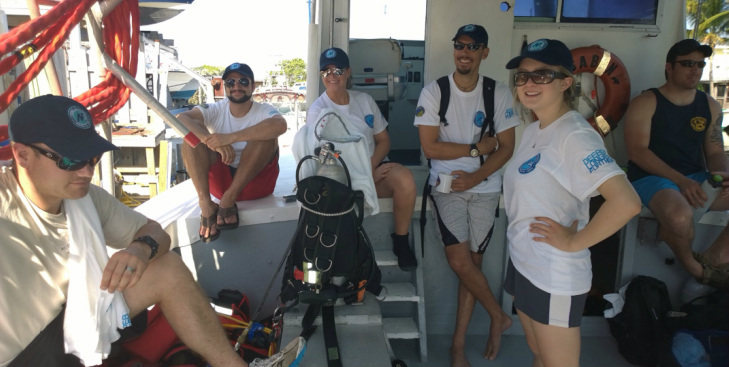
The empty dive vest and tank in the center is for the stand-by diver; every time we go on a training dive, a Navy diver sits there, ready to get in the water at any moment for an emergency. Heading to Aquarius on the boat, left to right: Carter (Navy diver), Adam (aquanaut), Liz (aquanaut), Andy (aquanaut), me (aquanaut), and Hunter (Navy diver). Photo credit to Fabien Cousteau.
Welcome "Back" to Aquarius
| | I felt like a superhero being "weightless" underwater, jumping up and over the Aquarius habitat, which is like jumping over a two story building. I also took off my flippers and walked on the edge of the habitat like a tightrope walker. The Bonnet Rogue SCUBA divers caught my ballet "acrobatics" on video, but that footage won't come out until later! It turned out that I didn't need any added weight to reach neutral buoyancy on the seafloor. I also felt like I got the hang of swimming with the extra 30lbs on my head. I stared eye-to-eye with a barracuda for what seemed like a few minutes. They are a fearsome-looking fish, known for their scary appearance and teeth, but getting scared is one of the worst things you can do underwater because you might hyperventilate, lose control of your buoyancy, etc. Besides, barracuda will only bite if you look/smell like a fish. With bubbles streaming out of my Kirby Morgan and a tank strapped to my back, I don't look like a fish. |
The neck seal on the dive helmet is pulling on some of my (long) hair, so I need to be better braiding it out of the way. One of the Navy divers, however, recommended that I go for a 2 mm buzz cut ... that's not happening. I'm not ready to take fashion advice from the Navy.
Afternoon Outreach
After training, Adam, Liz and I visited the local Montessori school's science night to tell them about Aquarius. We showed them the model of Aquarius with a LEGO aquanaut and let them try some freeze dried foods we'll be eating underwater (think astronaut food). It was so fun! Many of the kids were familiar with Aquarius because it's basically in their backyard.
A Good End to the Week
Before dinner with the crew this evening, we took a group photo with all the aquanauts, wearing our new gear from Oceanic. Also, Fabien brought us together for a surprise gift... He loaned us each limited edition Mission 31 DOXA watches!
Next week is the final week of training. We'll focus on SCUBA and the details of Aquarius, and a Navy doctor will pull each of us aside for a final check to make sure we are fit for saturation. Safety is of paramount importance, so it's still possible any of us could fail the final check and not be allowed to saturate. Astronaut Ken Mattingly learned 3 days before Apollo 13's launch that he would not go because he was exposed to measles. If any of us for any reason is no longer able to saturate we could still aid the operation and research from topside, and even SCUBA dive down like other support divers.
Saturday we'll be up early to review Mission 31 science research plans!
Saturday we'll be up early to review Mission 31 science research plans!
| We dove in the Kirby Morgan helmets again today, but this time down to Aquarius! It was my first time to the undersea habitat, my future home, and it was surreal. I felt like a fish finding the toy castle in the fish bowl. Even though I'd viewed plenty of photos of the habitat before the trip, seeing the structure appear out of the blue (literally) and swimming alongside it was nothing like I could've imagined. Underwater for the last 21 years, it's a living reef, covered in corals, soft sponges, and other marine life. Fish swam everywhere, accustomed to divers' presence. We saw a goliath grouper, tarpon, snook, a sea cucumber, and many more marine creatures. Today Aquarius staff were installing equipment (including the microwave!) inside the habitat. I waved at them and they waved back through a port window. Other divers were outside cleaning the sides of the habitat. Two Bonnet Rouge cameramen joined us. |
Back on the dive boat, the aquanauts took turns operating the air supply box and talking with the diver in the water over the communications line. I really enjoyed being on the radio; it's fun to hear divers describe what they are seeing.
Our gear from Oceanic arrived yesterday screen printed with the Mission 31 logo, so today we all wore matching fins, wetsuits, and booties. We looked like a team! More photos of the team gear to come. Also, more videos to come! Back at the house, the Bonnet Rouge team continued to edit footage from today.
Our gear from Oceanic arrived yesterday screen printed with the Mission 31 logo, so today we all wore matching fins, wetsuits, and booties. We looked like a team! More photos of the team gear to come. Also, more videos to come! Back at the house, the Bonnet Rouge team continued to edit footage from today.
Here's a quick clip of my descent to Aquarius (with director's commentary), filmed by the Bonnet Rouge crew on the RED camera. The team is still hard at work editing footage from today.
More high speed video tests
I've also uploaded a video (below) that we took yesterday with the Edgertronic high-speed camera. Sam, our Mission 31 mascot, proved a fascinating subject. We filmed her lapping up milk in the video below,at 700 frames per second. Who knew dogs tongues worked that way? Only after watching the video did I realize that their tongues curl backwards, forming a ladle shape when lapping up milk!
Right now the plan is to tether the camera (via it's underwater housing) to the habitat for power and ethernet connection. But it's also possible to power the camera with batteries inside the case, and maybe connect the camera to a small screen inside the housing. I saw Eric Cheng do essentially this with an iPad and wireless router. I wonder if I could plug the camera's Ethernet into a Nokia smart phone via an adapter that went to the phone's miniUSB.
Tomorrow we'll dive back to Aquarius in the helmets and take a peak inside the habitat. After this week we should all be comfortable in the helmets and know what to do in the unlikely event that something goes wrong. I'm also working on adjusting the weights I use to dive in this gear. When diving you need extra weights to overcome your body's neutrally buoyant to reach the bottom. Fine-tuning how much weight to add is mostly a trial-and-error process. Today, to compensate for the 5mm wetsuit and new gear, I added 10-lb weights and sunk like a rock. Tomorrow I'll try 6 lbs. I can't wait to spend more time around the habitat.
I'm exhausted. Good night -- off to bed.
I'm exhausted. Good night -- off to bed.
Today we spent a full day in the classroom. Aquarius' dive safety officer Roger Garcia taught us all about the dive helmets we'll be using on the mission. The helmet completely cover your head, surrounding it with air. It weighs about 30lbs, so it feels like a huge weight on your shoulders on land, but in the water you won't feel the weight. The helmet, also called a Kirby Morgan after the manufacturer, brings air to the diver through an umbilical cord, which can be up to 600ft long. Some of the aquanauts (Matt, Andy, Fabien) have used dive helmets before, but for the rest of us, it is a new and exciting experience.
| By the end of this week, we should all be able to use the dive helmets in our sleep. We'll also be prepared for every conceivable emergency situation, no matter how unlikely. One of the most important things to remember is to stay calm if something goes unexpectedly wrong. Freaking out is one of the worst things you can do underwater because you'll overuse your air supply and make less than best decisions. If you stay calm, however, it's all about remembering the training and/or following muscle memory. Team members at the control center are always monitoring us and in communication with us via the helmets, so we'll also be talking with them constantly about what things are going well, what aren't, or even what the weather's like on land. |
Tomorrow we'll dive with the helmets and practice the drills we discussed today. That way everything will become muscle memory. One drill we'll do is to completely flood the mask with water (on purpose!) and then clear it with a purge valve.
Liz and I woke up at 7:00am, ready for a packed day of training. Billy Snook picked us up around 7:30am and drove us to the Aquarius Reef base, the building onland where Aquarius operations and management happen. We met the entire Mission 31 team, including the mission coordinators, topside crews, Navy support divers, and FIU scientists. After working with these people remotely for several months now, it was great to finally meet in the same room! The only people not there were the PR team and complete Northeastern and FIU science support teams. We spent time getting to know each other before reviewing the week's schedule.
Mid-morning the aquanauts and working divers headed to the pool where we passed swimming tests, including treading water for 10 min, swimming 400m, swimming 25m holding breath, and mask-snorkel recovery exercises.
Mid-morning the aquanauts and working divers headed to the pool where we passed swimming tests, including treading water for 10 min, swimming 400m, swimming 25m holding breath, and mask-snorkel recovery exercises.
Back at the reef base (i.e., "control center") I chatted with David Peta who runs IT for Aquarius and was manning the watch desk. The watch desk has six display monitors showing information about Aquarius, including information about the health of the aquanauts, video feeds, and statistics on power consumption and air quality.
We also started eating some of the four dozen boxes of Pepperidge Farm Goldfish that arrived last week courtesy of our food sponsor, Campbell's.
I've been hearing from past aquanauts that your senses of taste and smell are dulled while living underwater. One group of researchers on Aquarius apparently did a study on it, but no one is sure where the results are. I thought I might as well do a quick study before leaving . . . and it might as well be Goldfish we taste test.
I've been hearing from past aquanauts that your senses of taste and smell are dulled while living underwater. One group of researchers on Aquarius apparently did a study on it, but no one is sure where the results are. I thought I might as well do a quick study before leaving . . . and it might as well be Goldfish we taste test.
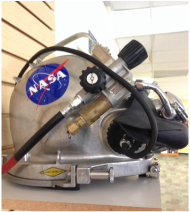
The diving hard hat we'll use on the mission was designed and built for the National Treasure movie, but they didn't use it after all! For the movie the designers added an extra-large viewing window and inside lights. The helmet in the picture at left is on display at the Aquarius reef base, similar to the one we'll be using tomorrow. It weights about 30lbs, so it's heavy on your shoulders.
In the afternoon we completed checkout dives to test our basic SCUBA skills, such as taking on/off mask underwater, buddy breathing, and buoyancy control. We completed the tests on a coral reef called "hen & chickens," because a boat carrying chickens accidentally dropped a few of them nearby. Poor chickens . . .
The day of training wrapped up with a classroom debrief from Aquarius manager Roger about the decompression chambers available onsite. Afterward, the FIU aquanauts Adam and Andy returned with Liz and me to the big yellow house the team is sharing. After a few errands, we all drove the short way to mission headquarters to check on the rest of the crew. Everyone had work or research to catch up on. While Fabien filmed an interview inside, the rest of us worked productively on on laptops by the pool, enjoying the gorgeous weather.
Tomorrow will be entirely in the classroom. We'll go over emergency protocols and be fitted for the neck-dam and vest that is necessary for the dive helmets. We need to make sure we're all comfortable with the MK-III light weight surface supplied diving system we'll be using. Before lights out in the yellow house, the aquanauts plan to wind down by watching the movie classic Life Aquatic, hands down one of my favorites -- a perfect way to end Day 1.
Aquanaut training starts tomorrow! We begin a grueling week-long training program off the Florida Keys tomorrow, including intensive fitness tests, acclimating our bodies to underwater living (much like astronauts train for space), and learning to handle the specialized equipment we'll use on the Mission.
Liz Magee (Northeastern scientist) and I traveled from Boston to Miami this morning. We met Fabien Cousteau (and his seven cases with 350lbs of camera equipment!) at the airport. He introduced us to team members Kip Evans, who'll live in Aquarius at the beginning of June, and Billy Snook, a dive shop owner and member of topside crew.
We packed into SUVs provided by Mission sponsor Ford and headed to Costco. We had an extensive shopping list from the team at the base, including food, various batteries and extension cables.
Liz Magee (Northeastern scientist) and I traveled from Boston to Miami this morning. We met Fabien Cousteau (and his seven cases with 350lbs of camera equipment!) at the airport. He introduced us to team members Kip Evans, who'll live in Aquarius at the beginning of June, and Billy Snook, a dive shop owner and member of topside crew.
We packed into SUVs provided by Mission sponsor Ford and headed to Costco. We had an extensive shopping list from the team at the base, including food, various batteries and extension cables.
After lunch we traveled to Mission headquarters on Islamorada. It's been a crazy week. In the past two days I finished my undergraduate studies with a final exam in Mechanics & Materials II on Friday, packed all my belongings into three bags, prepped the Edgertronic high-speed camera, and said goodbye to many friends.
Mission headquarters is a house converted into a warehouse/meeting space/lodging. It's fascinating to see some of the equipment Fabien Cousteau's film production team, Bonnet Rouge, will use. I saw the underwater housing (about the size of a microwave) for the RED digital camera (the same type of camera Peter Jackson used to film The Hobbit), and looked at dozens of underwater lights, tripods, and other equipment.
Mission headquarters is a house converted into a warehouse/meeting space/lodging. It's fascinating to see some of the equipment Fabien Cousteau's film production team, Bonnet Rouge, will use. I saw the underwater housing (about the size of a microwave) for the RED digital camera (the same type of camera Peter Jackson used to film The Hobbit), and looked at dozens of underwater lights, tripods, and other equipment.
| |
Tomorrow we start training, so we all need a good night's sleep!
At the MIT Edgerton Center, Jim Bales, Kyle Hounsell and I tested the Edgertronic high-speed camera again. My goal was to become as comfortable with the camera as possible on-land before taking it underwater. It was my last chance to meet with the Edgerton Center experts again before heading to Mission 31 training this weekend! Also, an MIT videographer, John Freidah, filmed us working for a video he's doing on the Mission. We captured some beautiful footage of a candle flickering and water droplet, the kind of subjects "Doc" Edgerton recorded. One reason we're so excited about the Edgerton-Mission 31 connection is that Doc Edgerton worked closely with Jacques Cousteau on underwater photography. I'm still working on the underwater video camera casing for Mission 31.
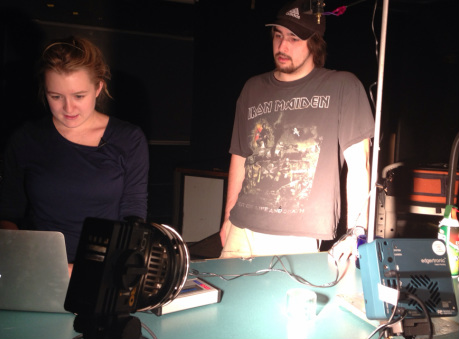
Working in the MIT Edgerton Center with Kyle. We used the Edgertronic high-speed camera, in the lower right, to get the images and videos below. The room was dark except for a bright spotlight on the subjects. The images we captured are black and white. We chose the monochrome model of Edgertronic because it's more sensitive to light than the color camera and will therefore be better suited for underwater filming, where light is scarce.
| | |
Check out how different the phenomenon looks filmed with a standard camera below compared to the Edgertronic videos above.
| | |
Luckily I got to spend another day in Nahant. Today we had the last meeting with the entire Northeastern science team before some of us head to Florida for training. We spent the bulk of the afternoon going over the science overview for the team, and then hearing stories from Mark Patterson and Brian Helmuth about their past saturation diving experiences in Aquarius. I can't wait for the adventure to begin!
Author
Grace Young (B.S., MIT, Ph.D, Oxford) is an ocean engineer, aquanaut, and explorer currently working at X. She lived underwater as a scientist and engineer on Fabian Cousteau’s Mission 31, and is a National Geographic Explorer.
Blog Highlights:
1. No Engineer is an Island
2. Mission 31 Highlights
3. Sailing Across the Atlantic
3. Return to CERN
Categories
All
Arts & Science
Conservation
Coral Research Mission
Edgertronic
Marine Robotics
Mission 31
Mission 31 Training
Ocean Reports & Facts
Ocean & Space Science
Outreach
Research
Sailing & Adventures
Sea Creatures
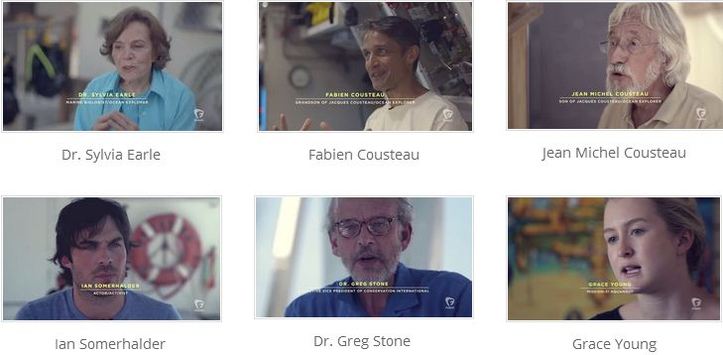
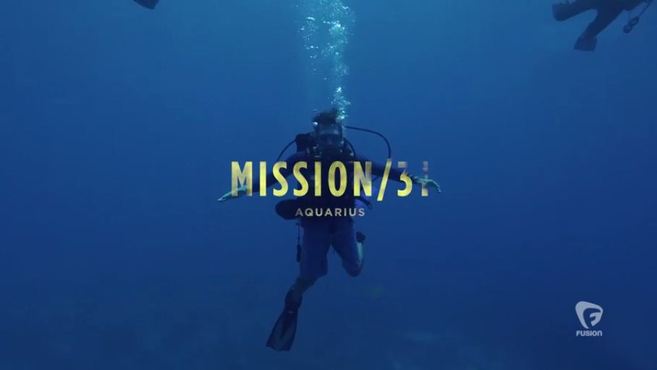

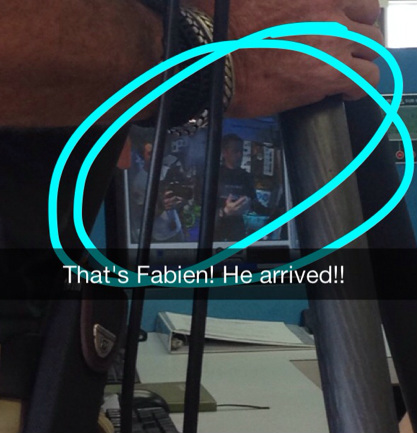
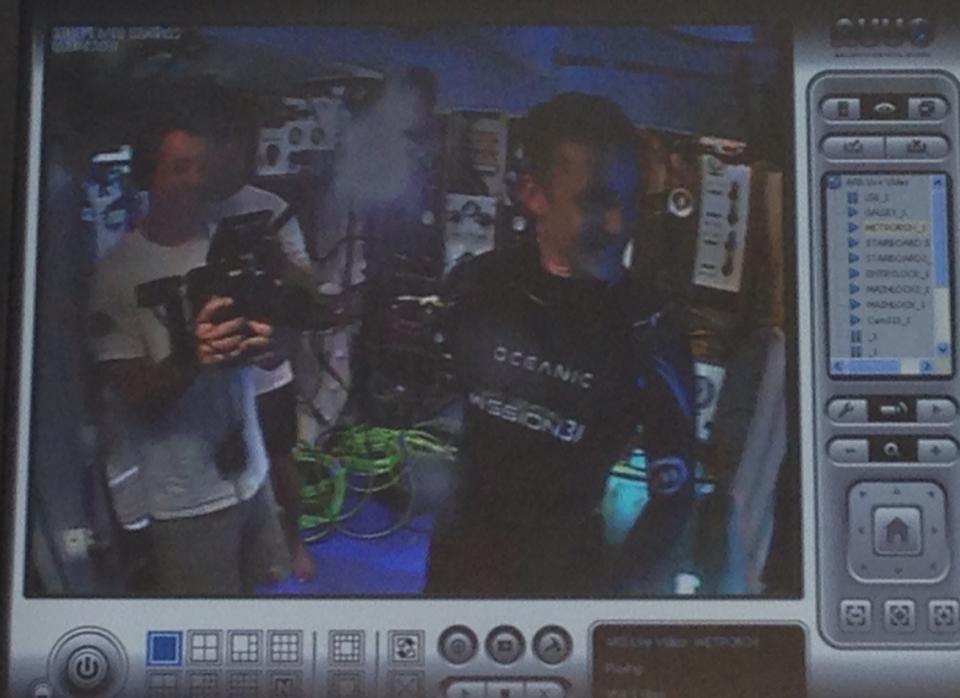
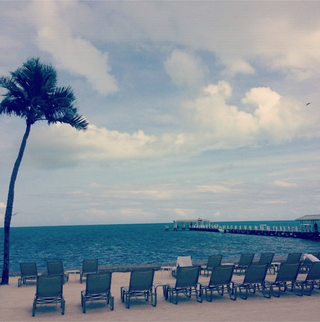
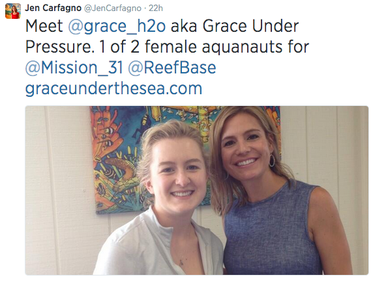
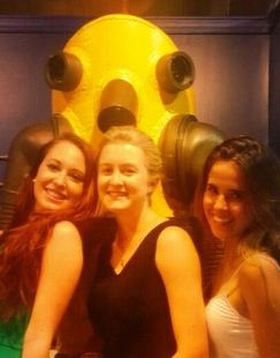
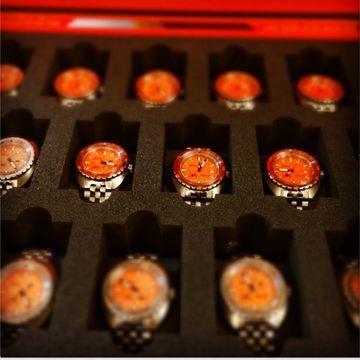
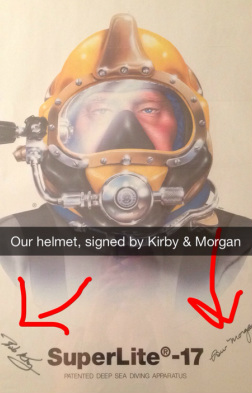
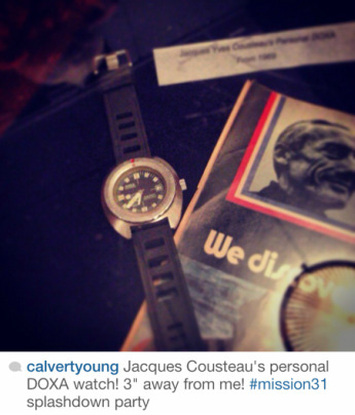
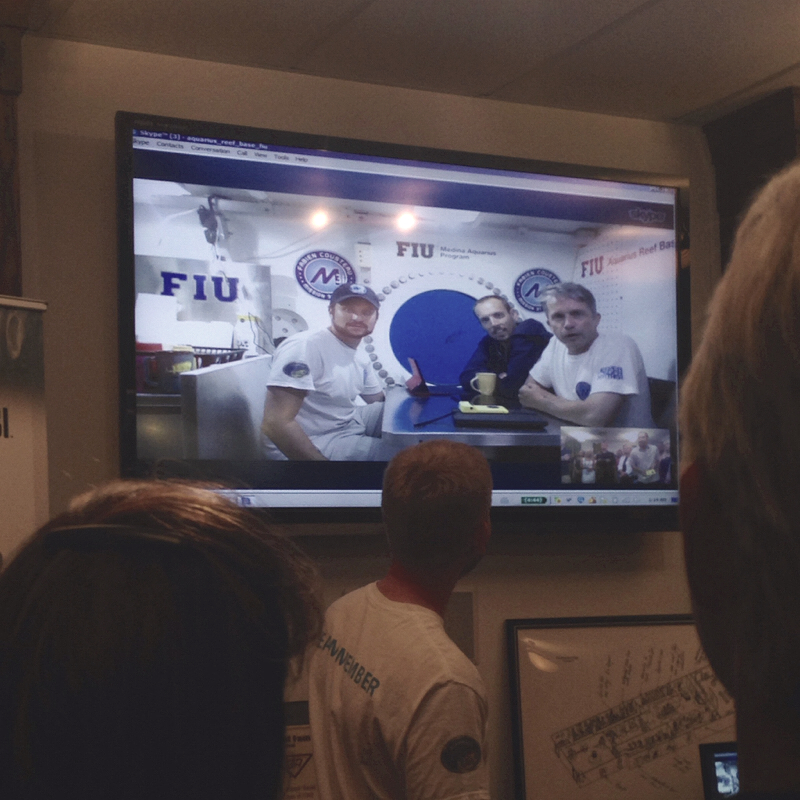
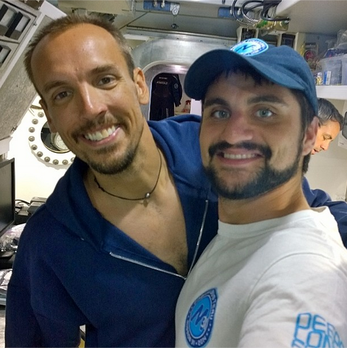
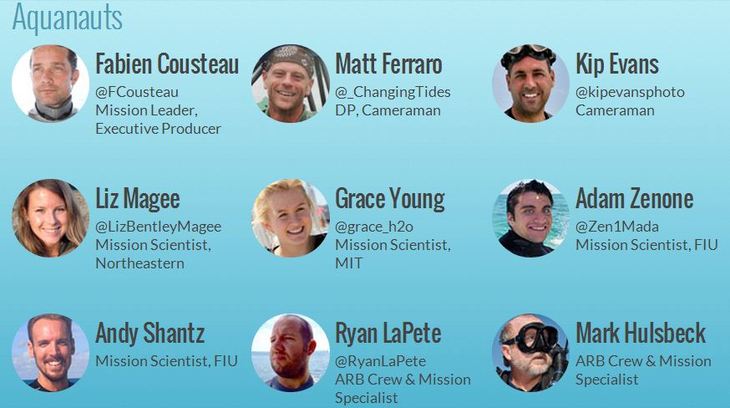

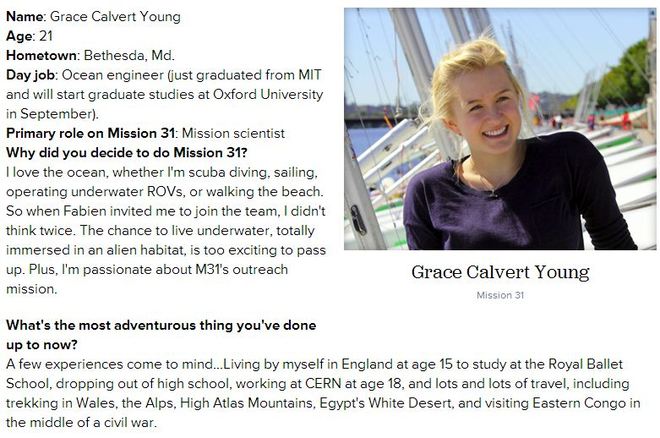
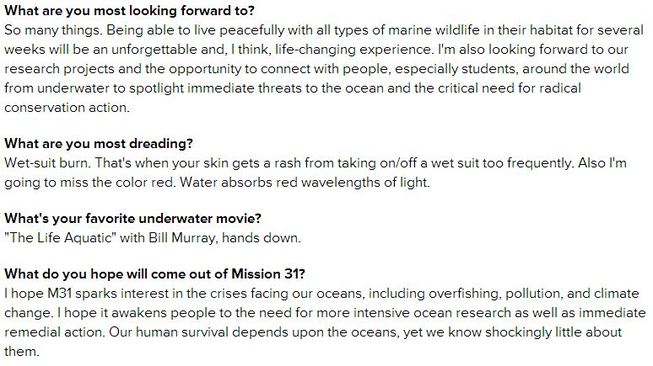
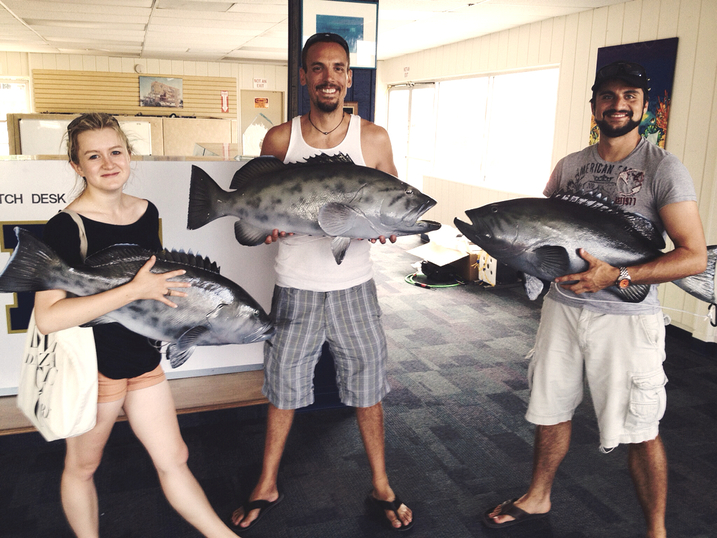
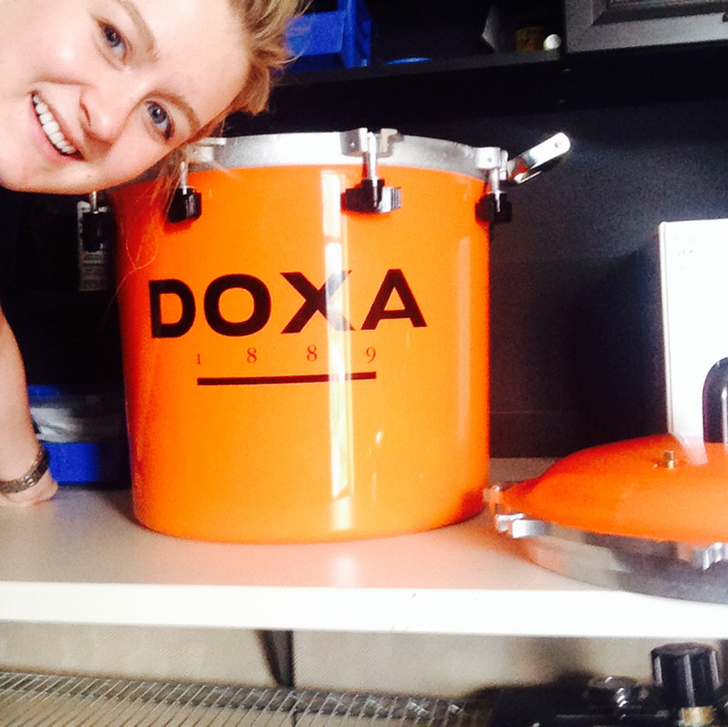
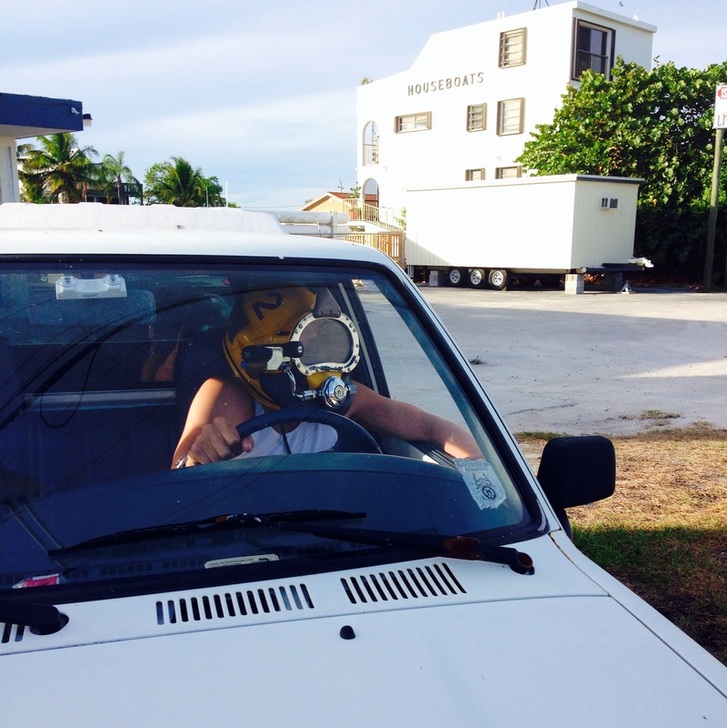
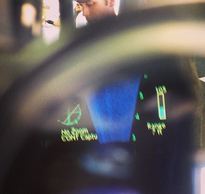
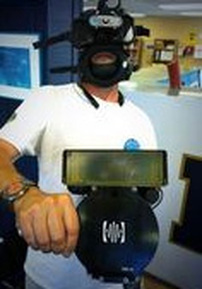
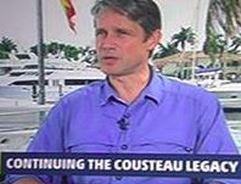
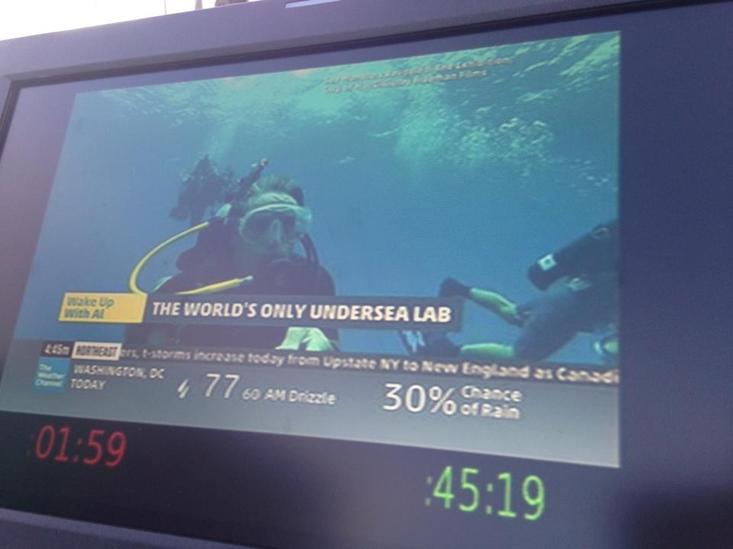
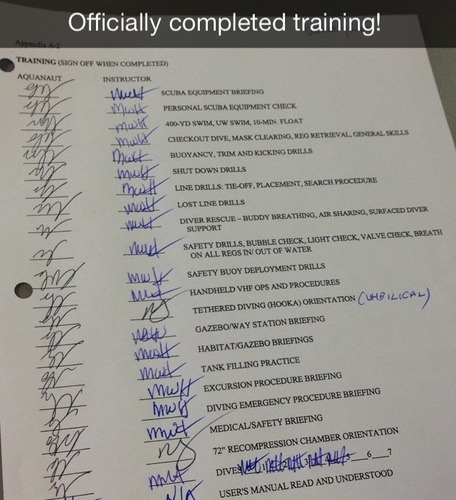
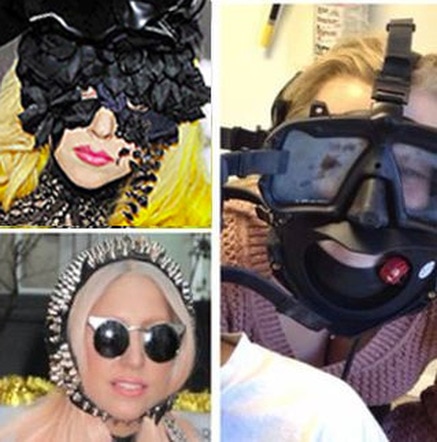
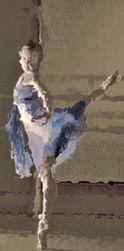
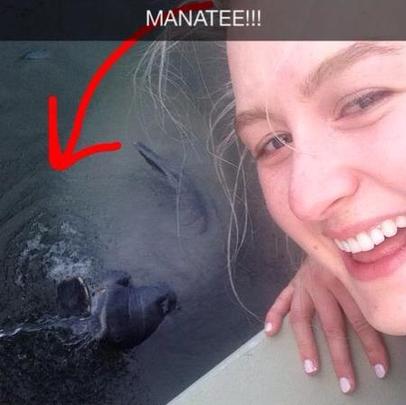
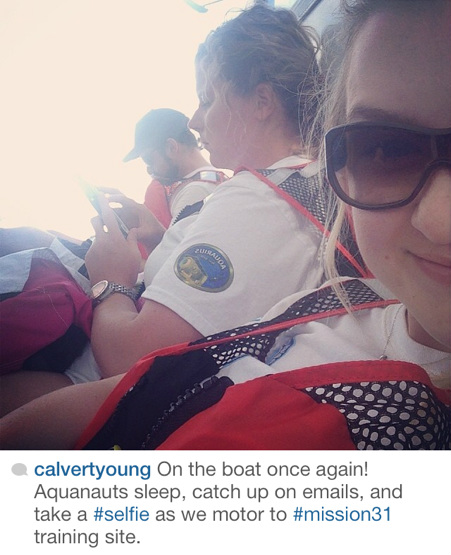
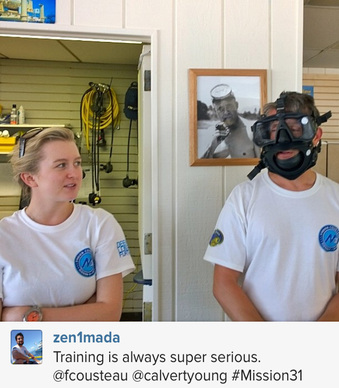
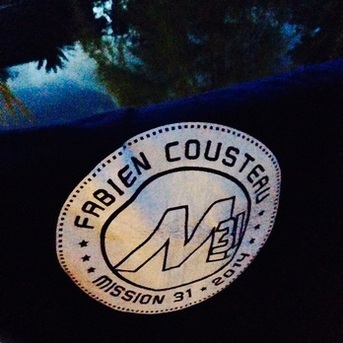

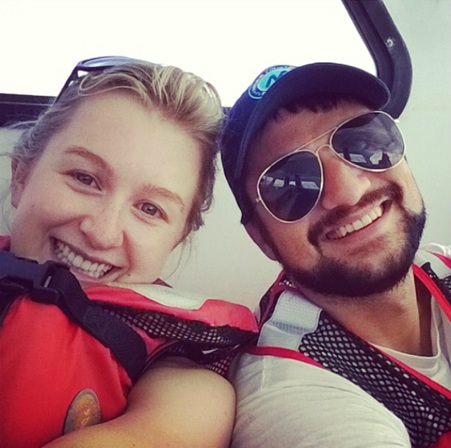
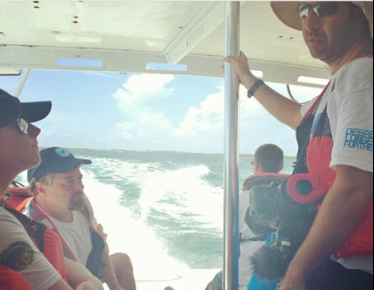
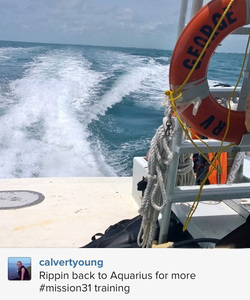
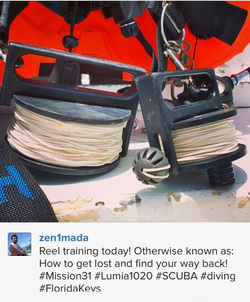
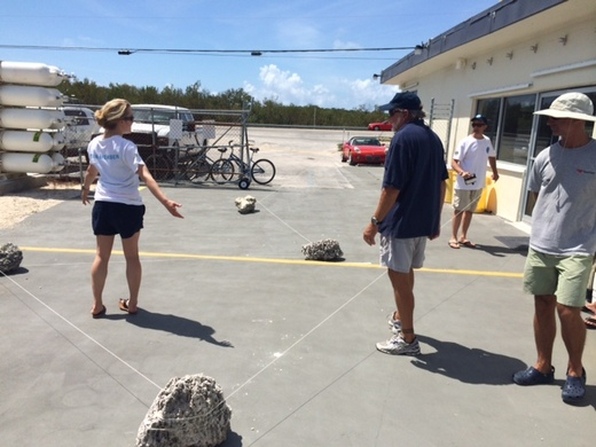
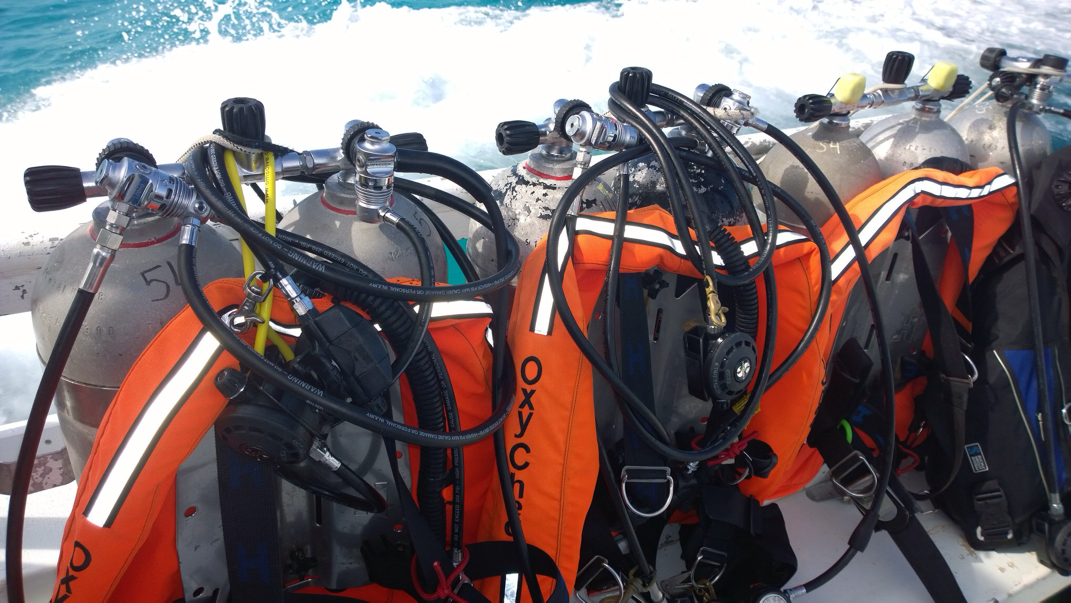
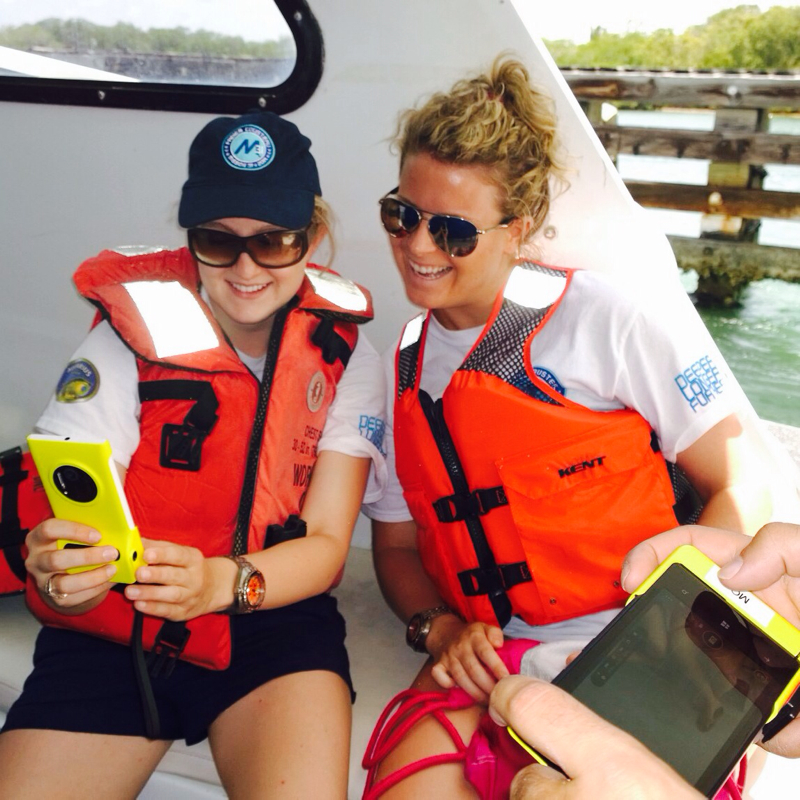
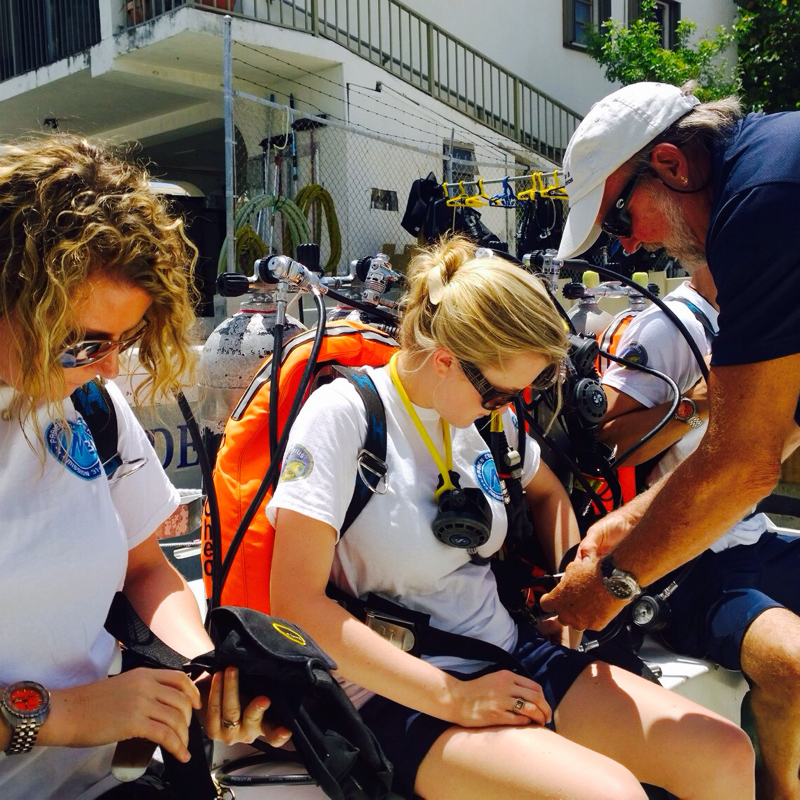
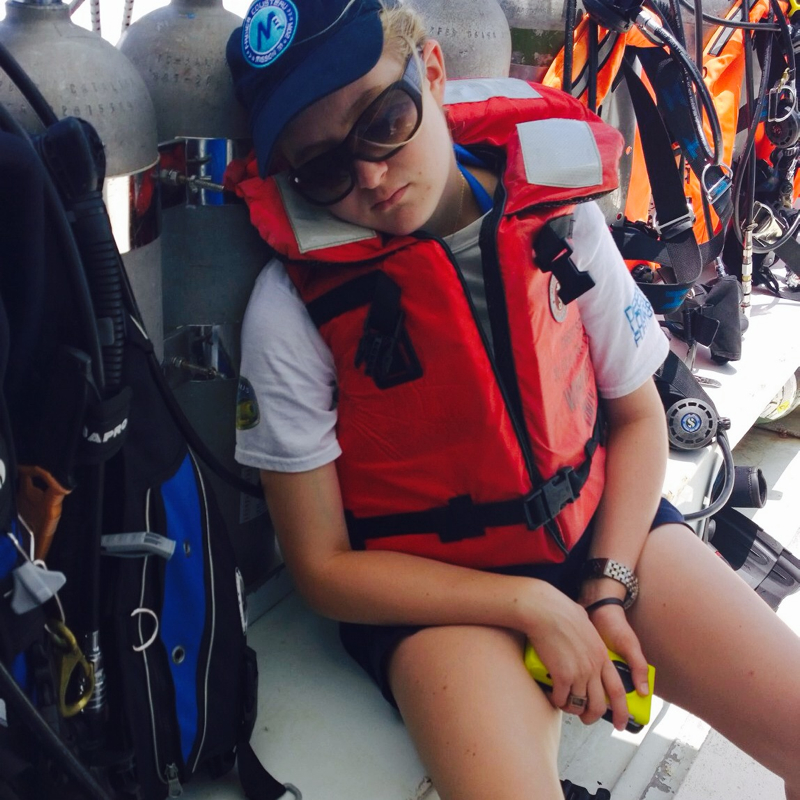
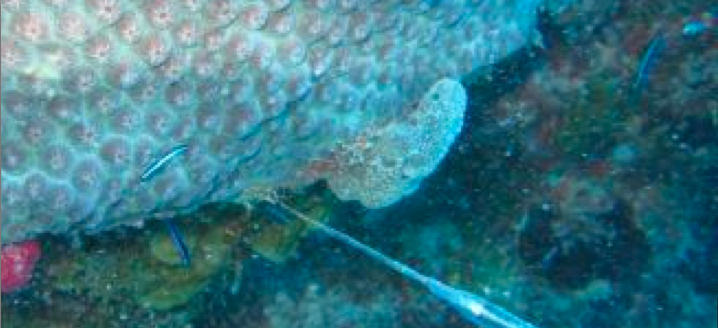
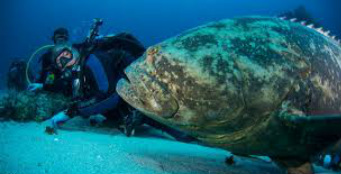
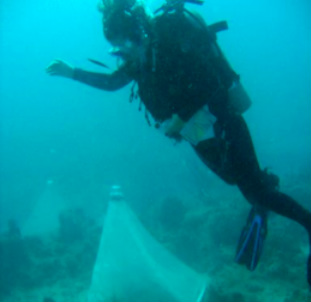
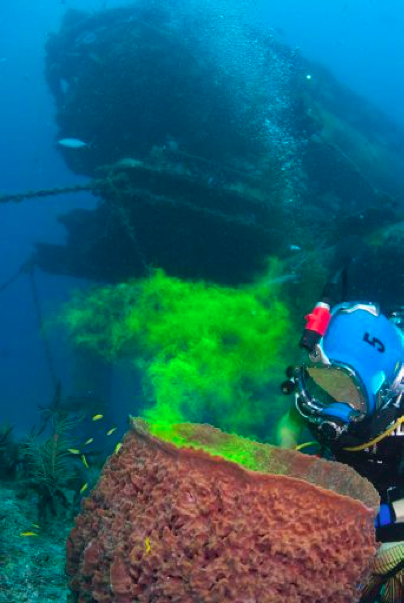
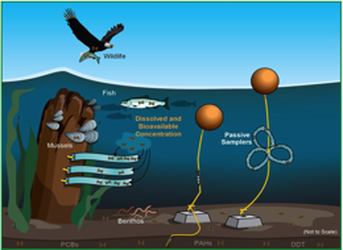
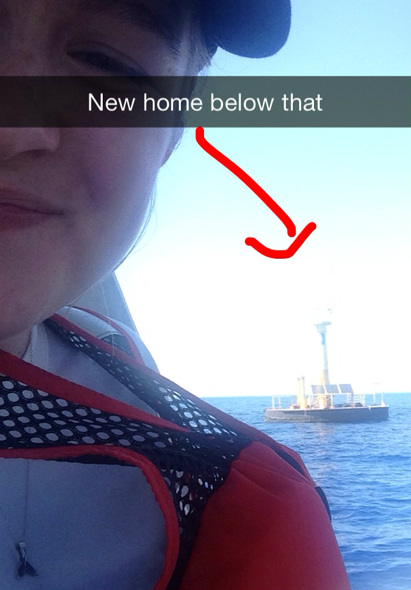
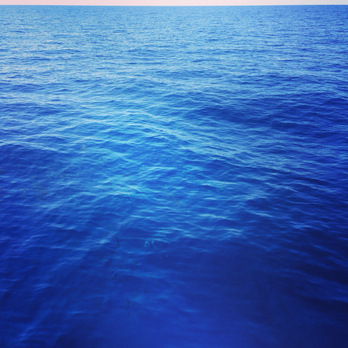
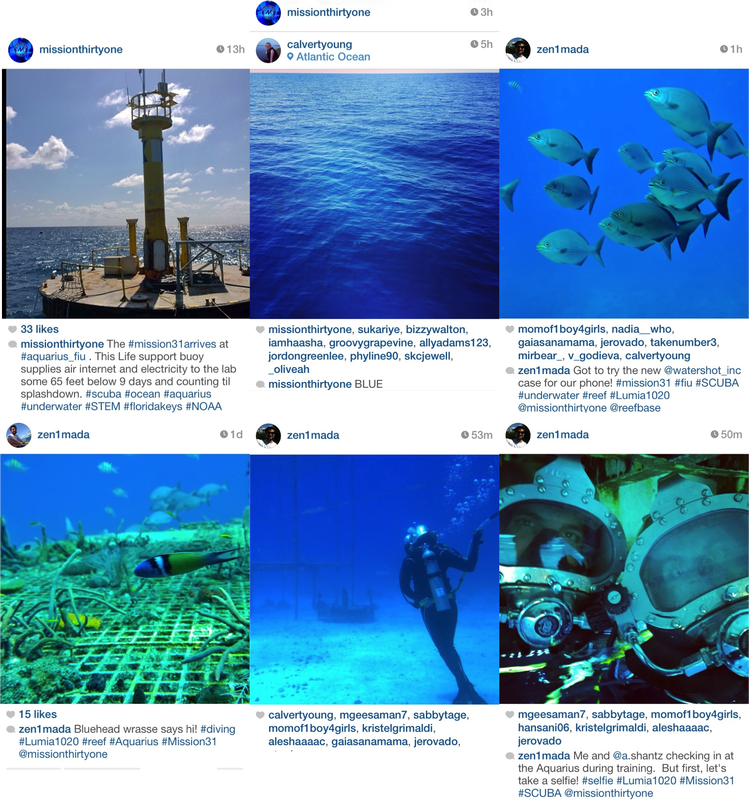

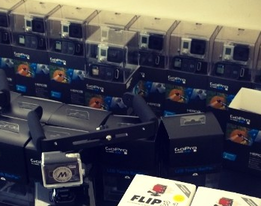
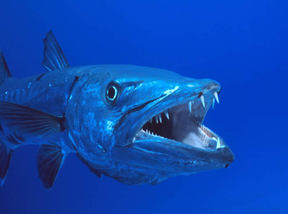
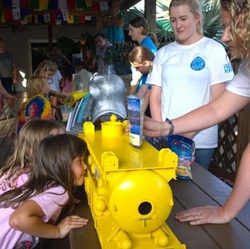
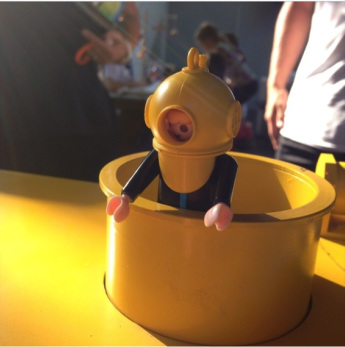
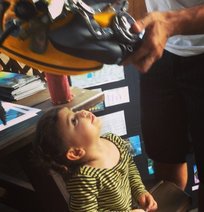
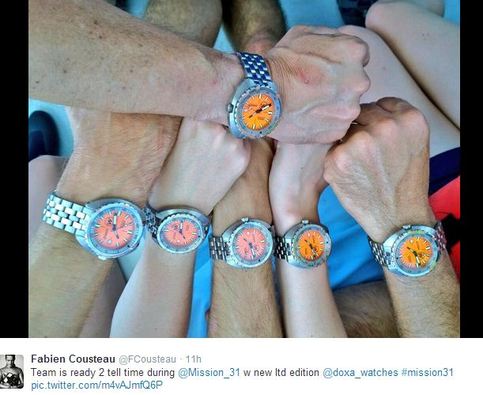
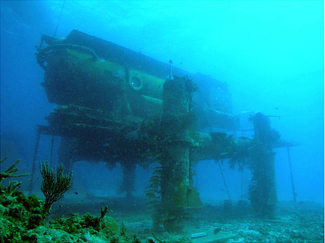
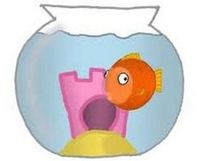
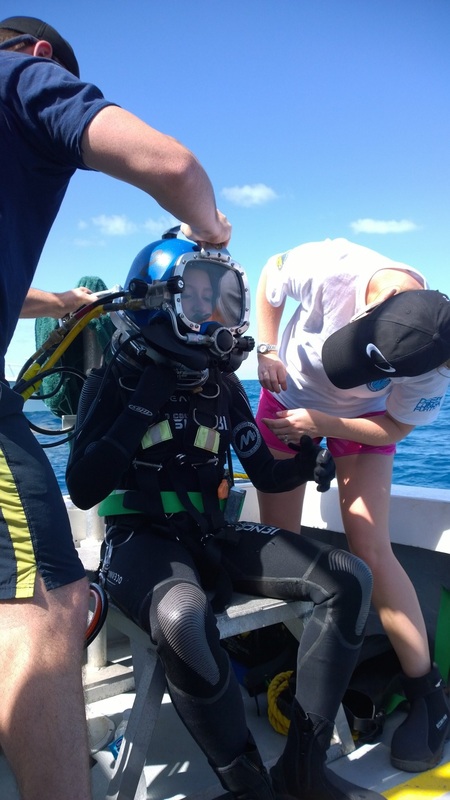
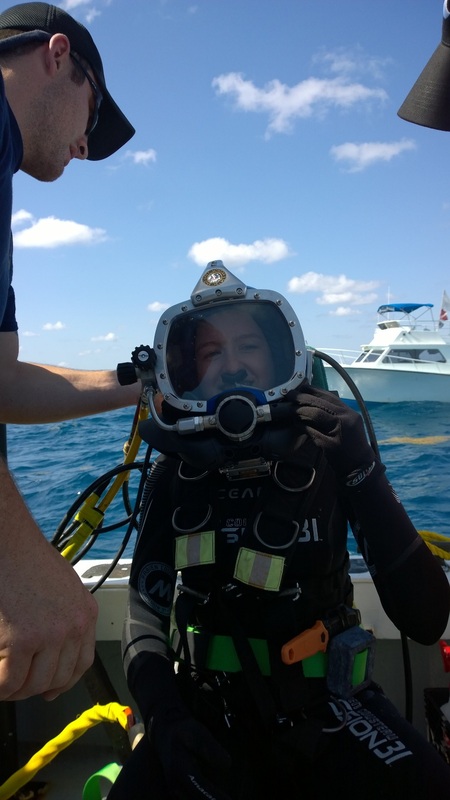
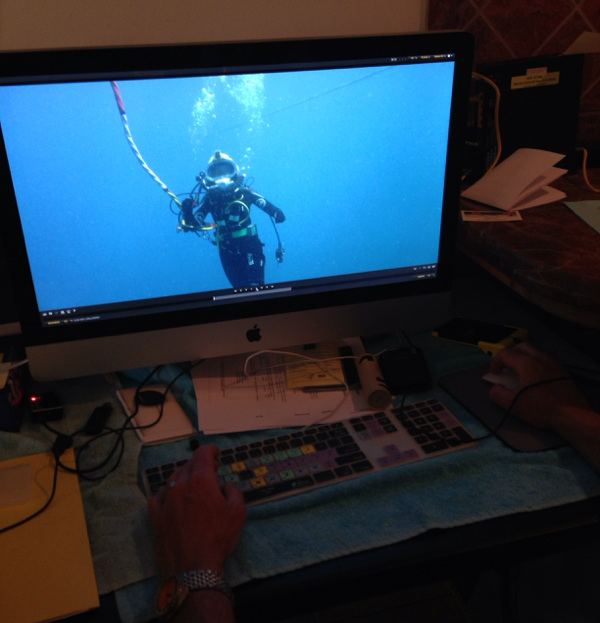
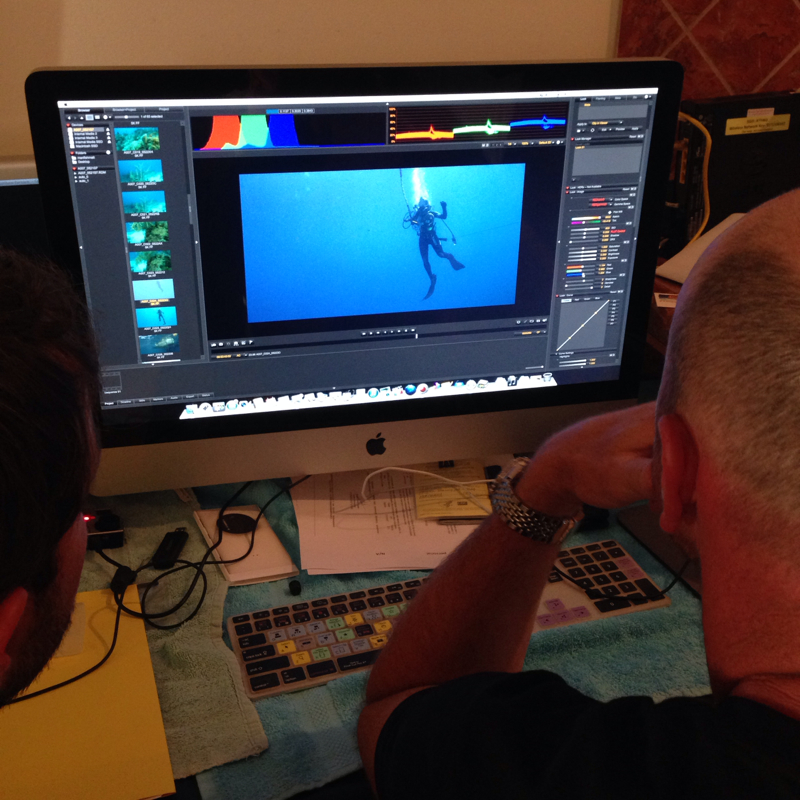


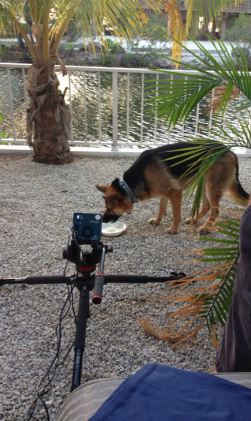
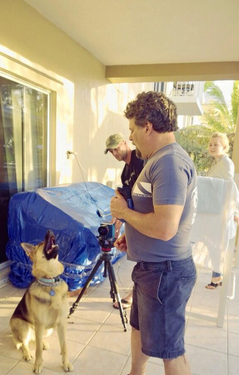
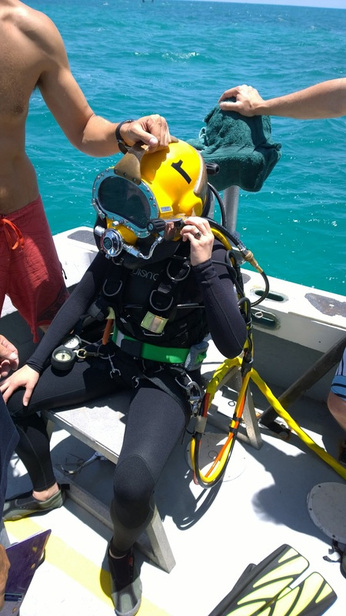
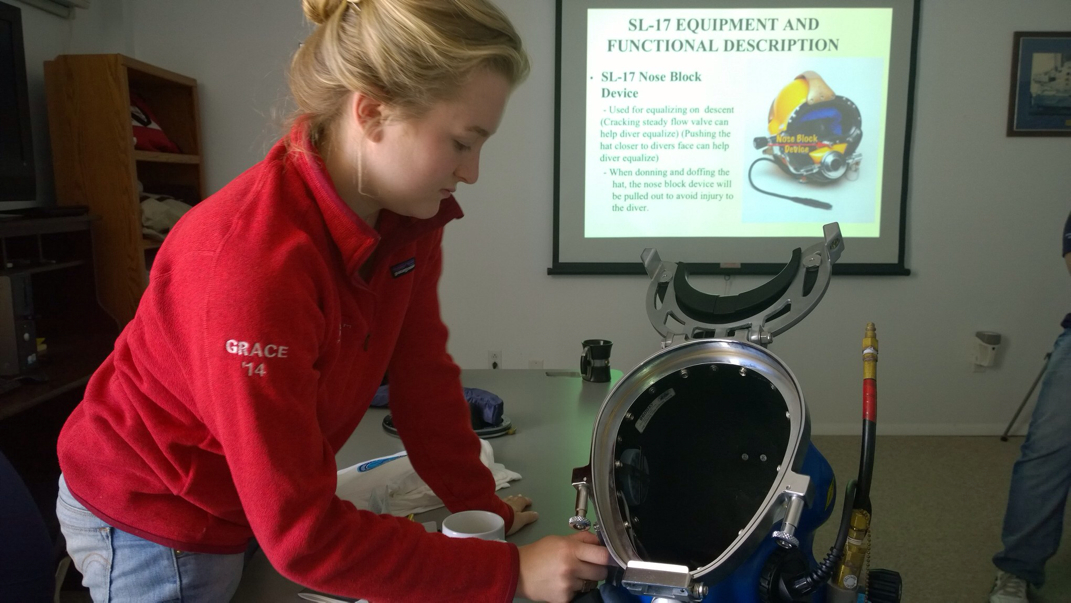
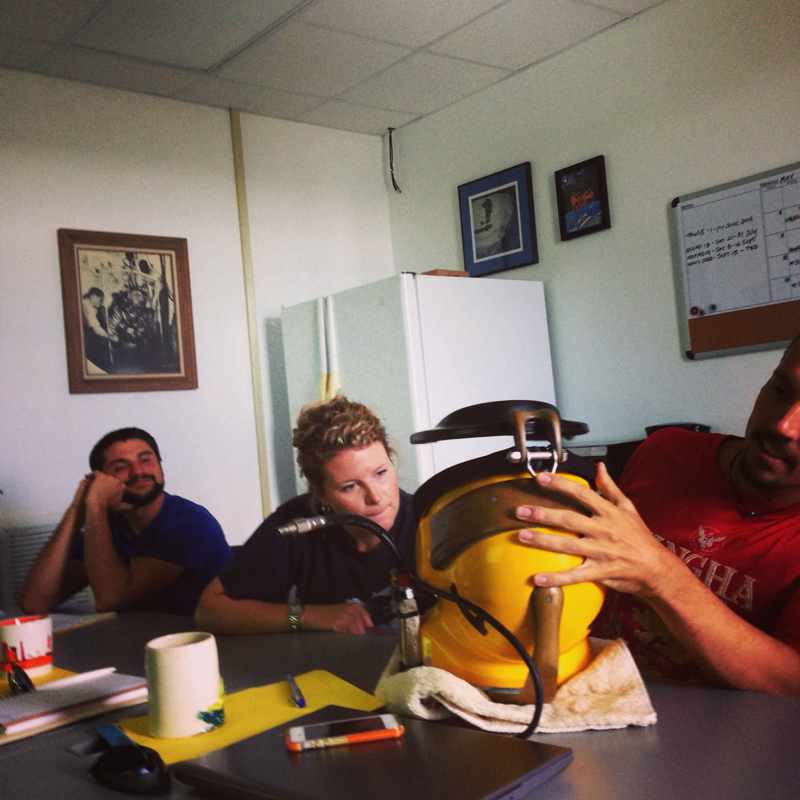
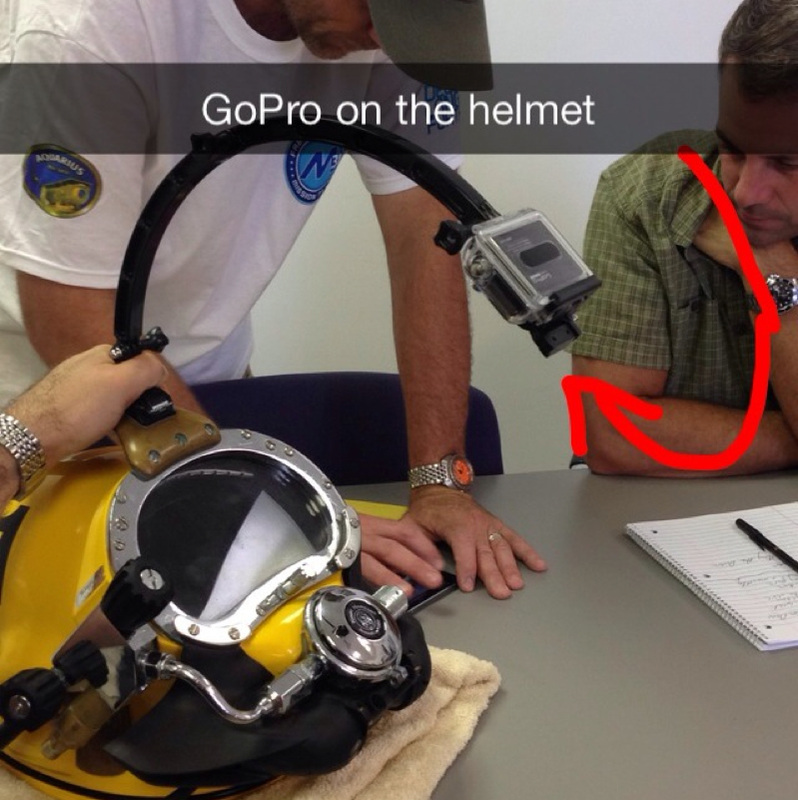
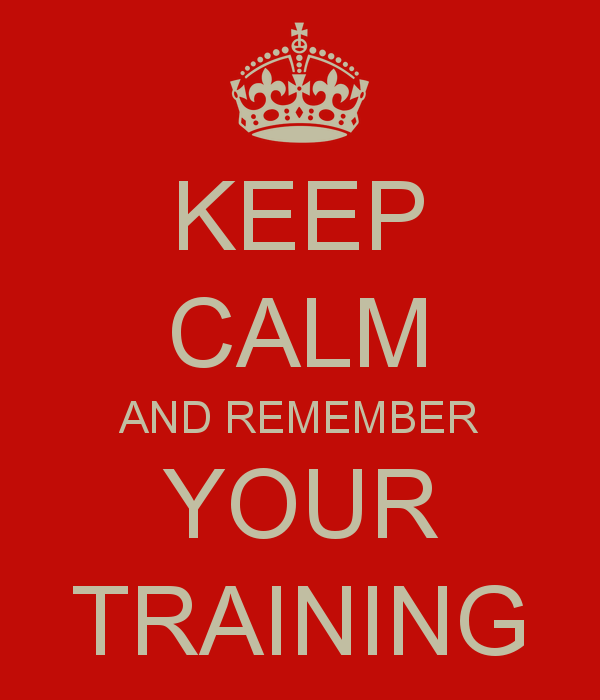
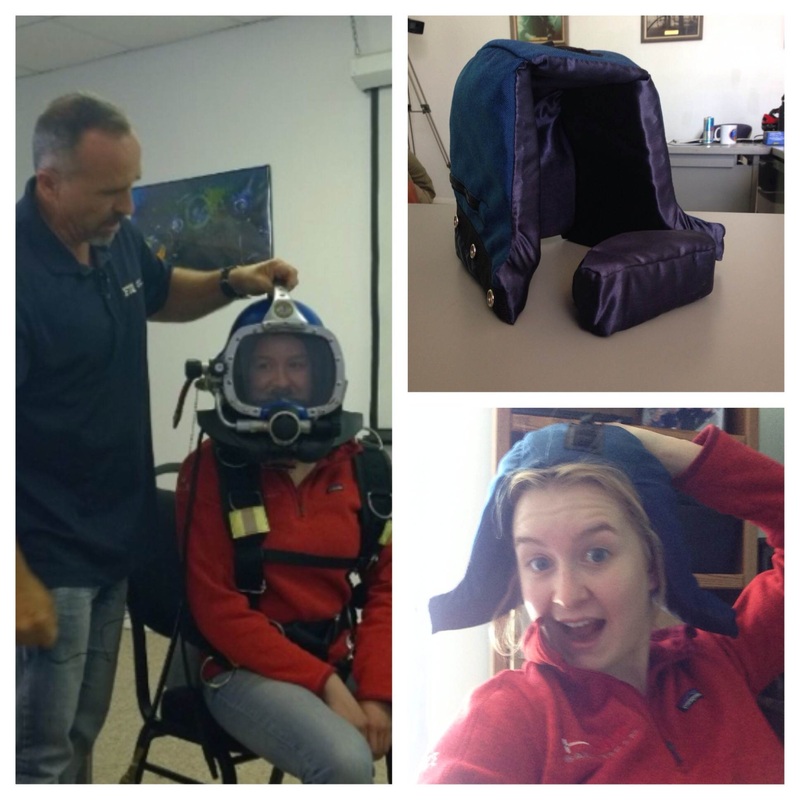
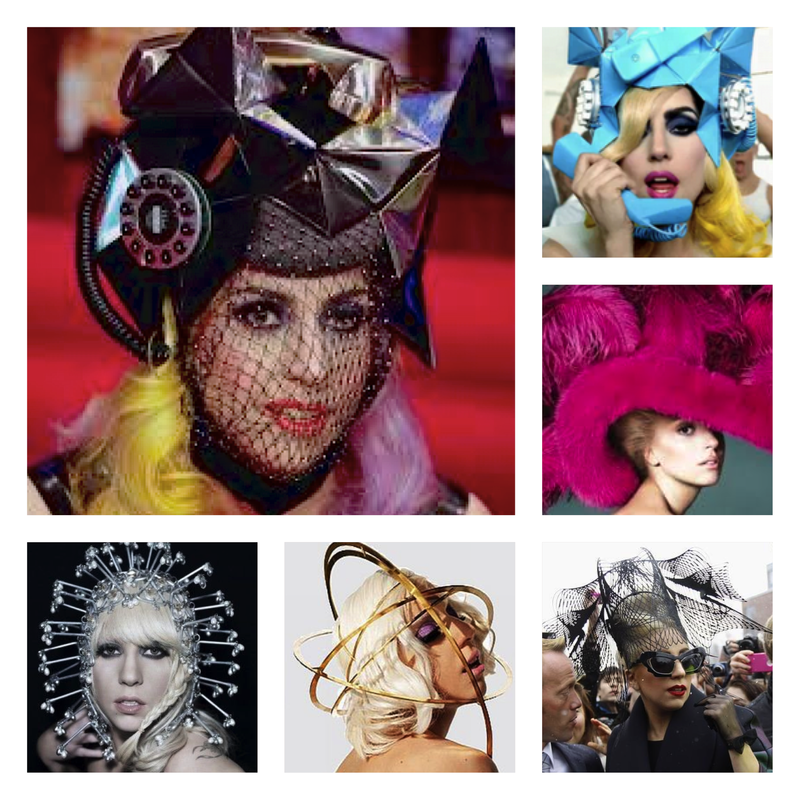
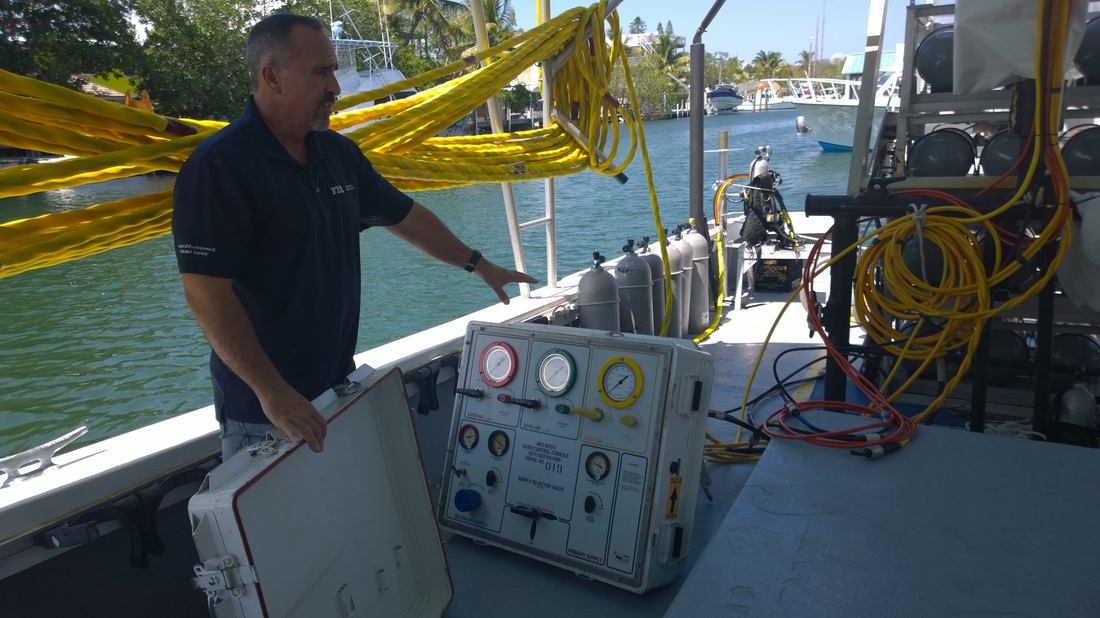
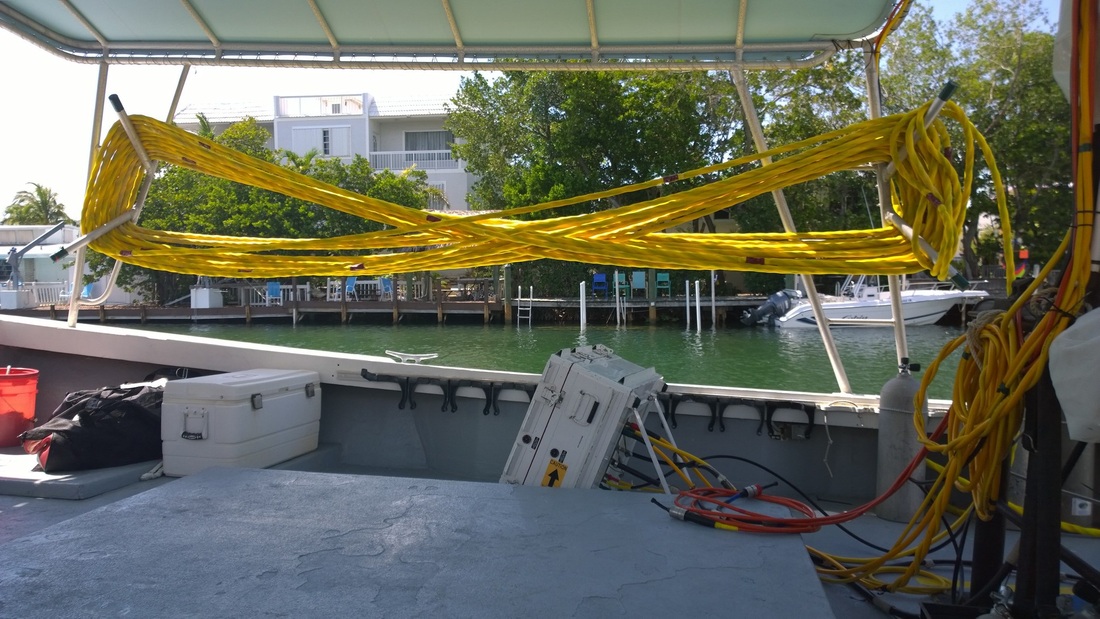
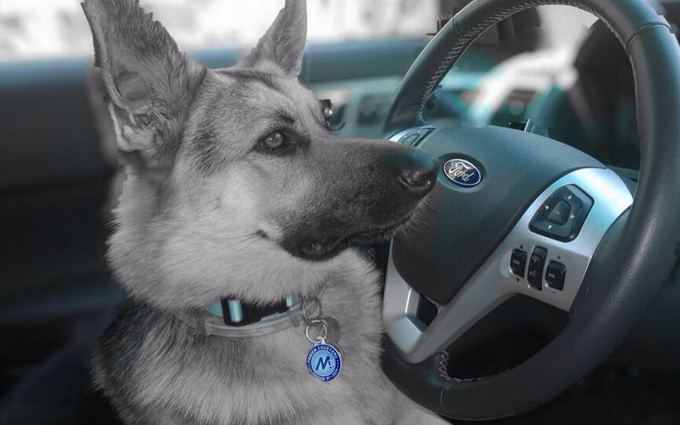
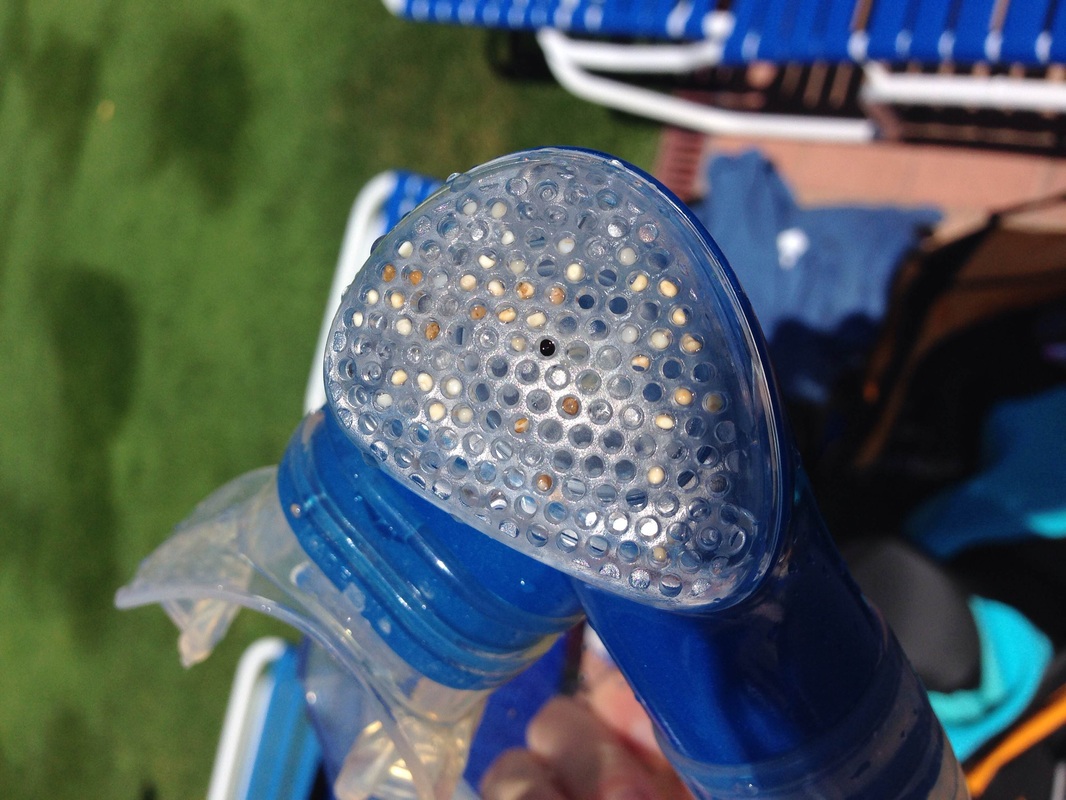
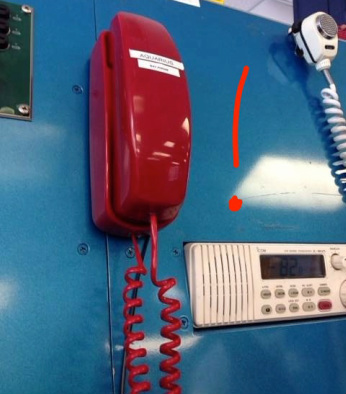
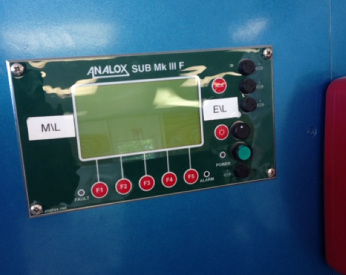
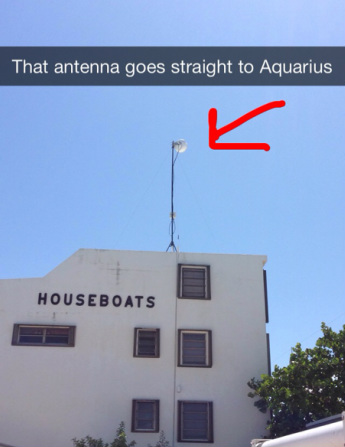
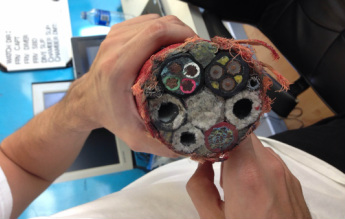
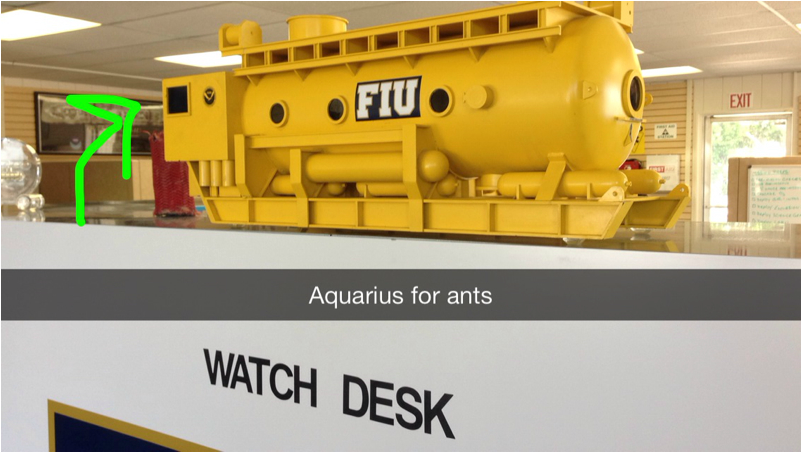
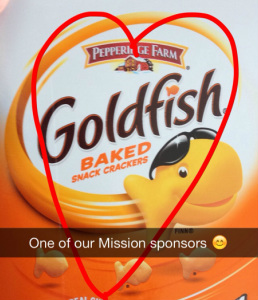
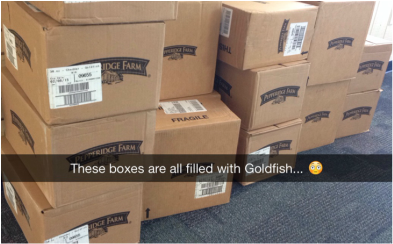
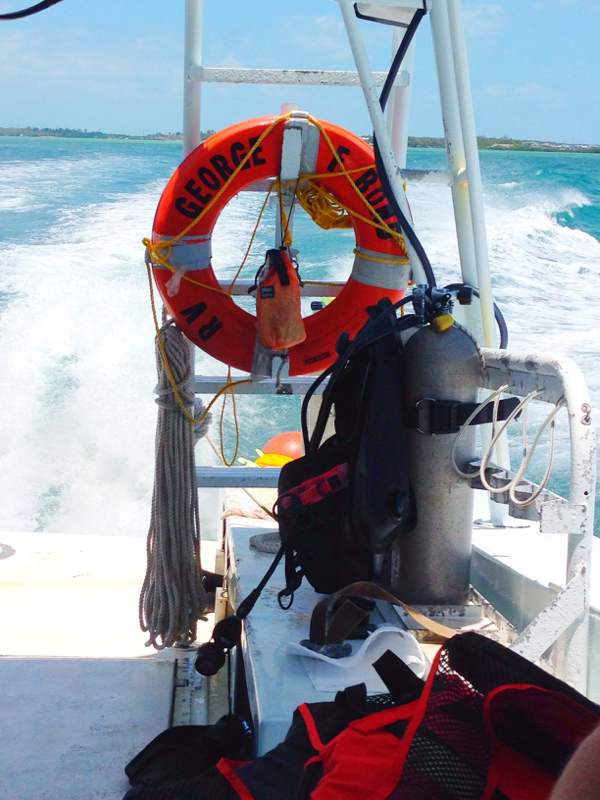
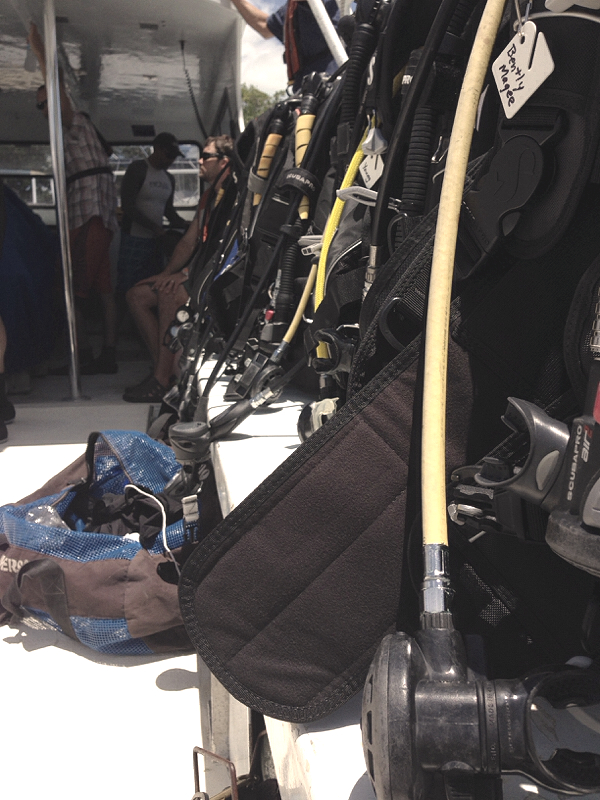
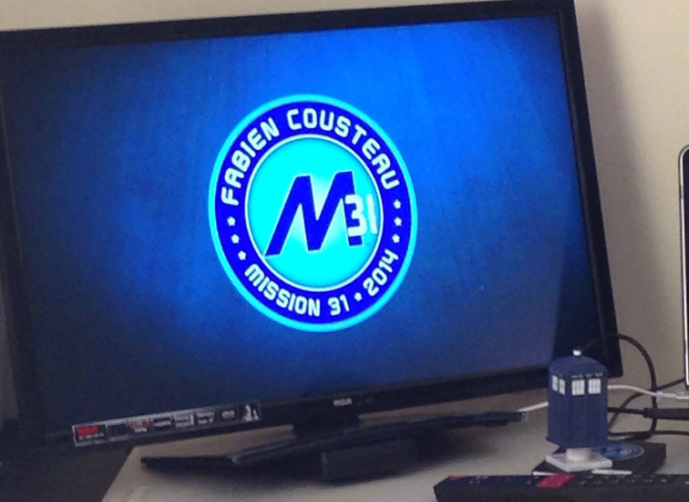
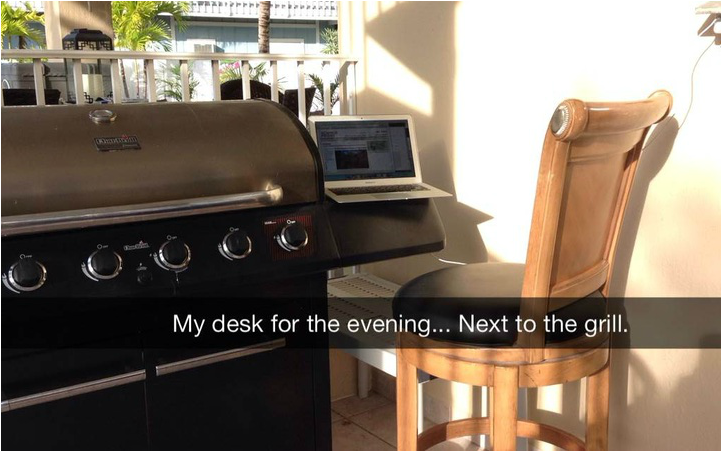
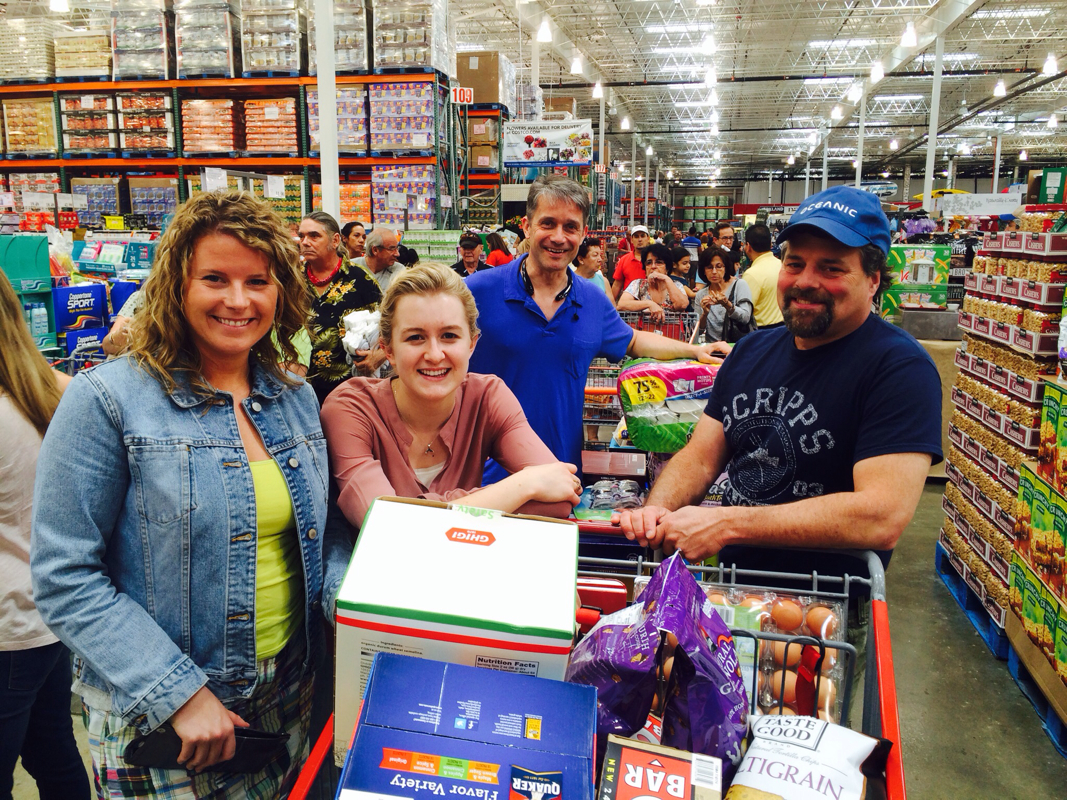
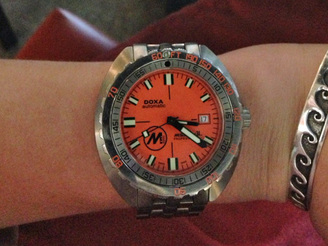
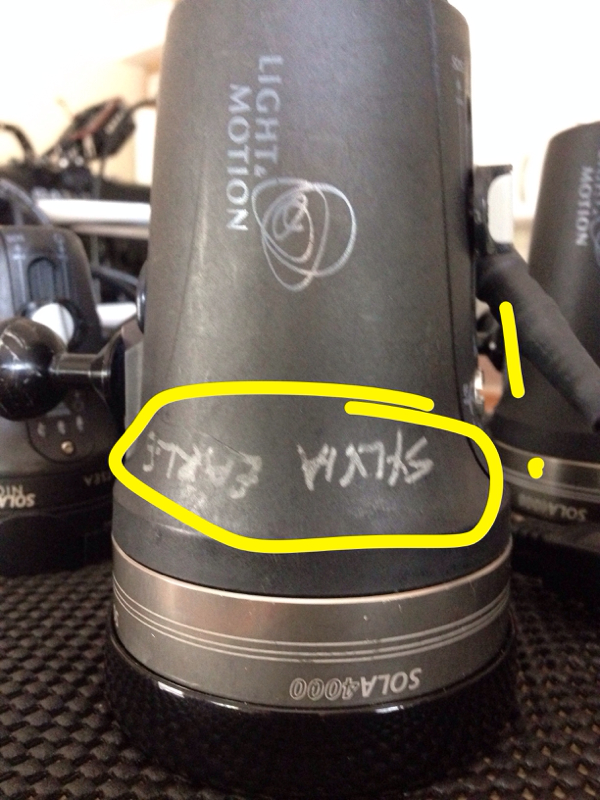
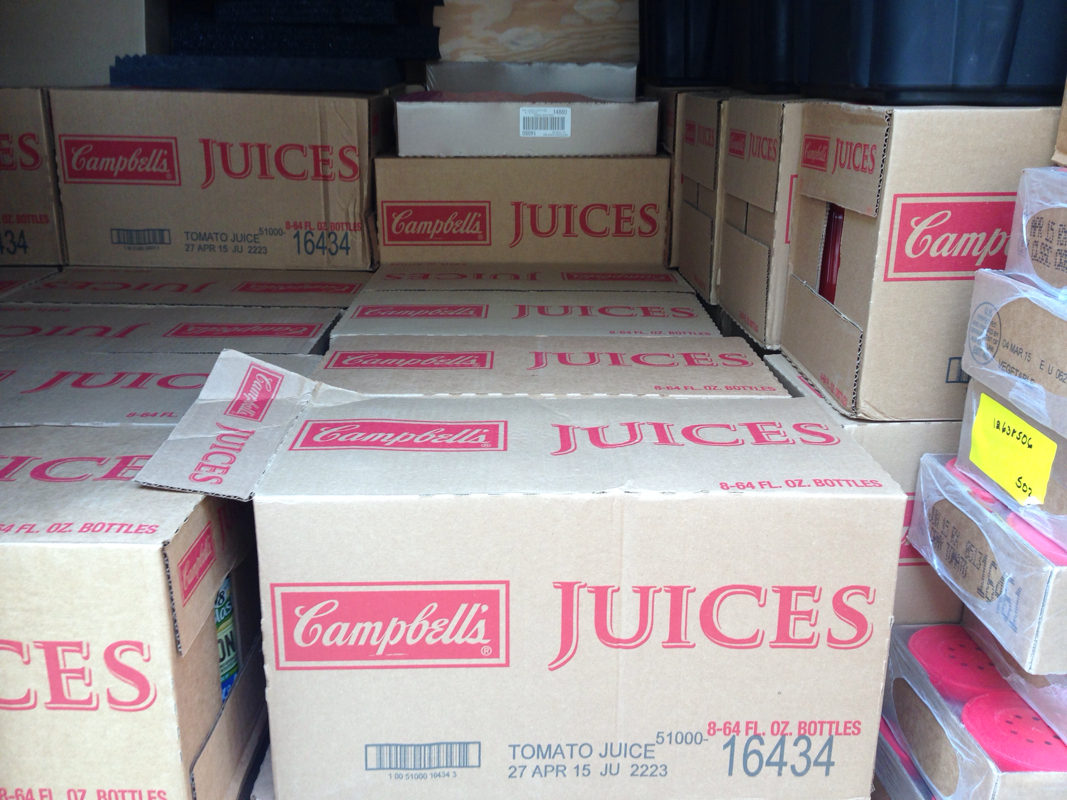
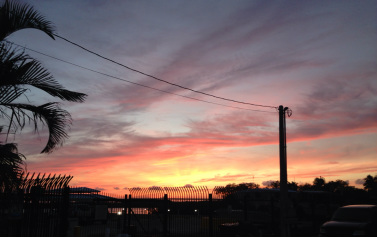
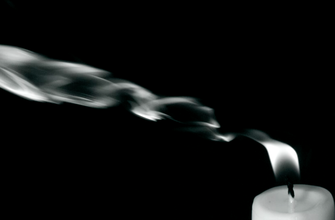
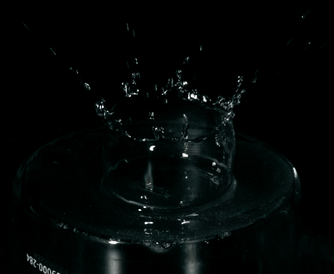
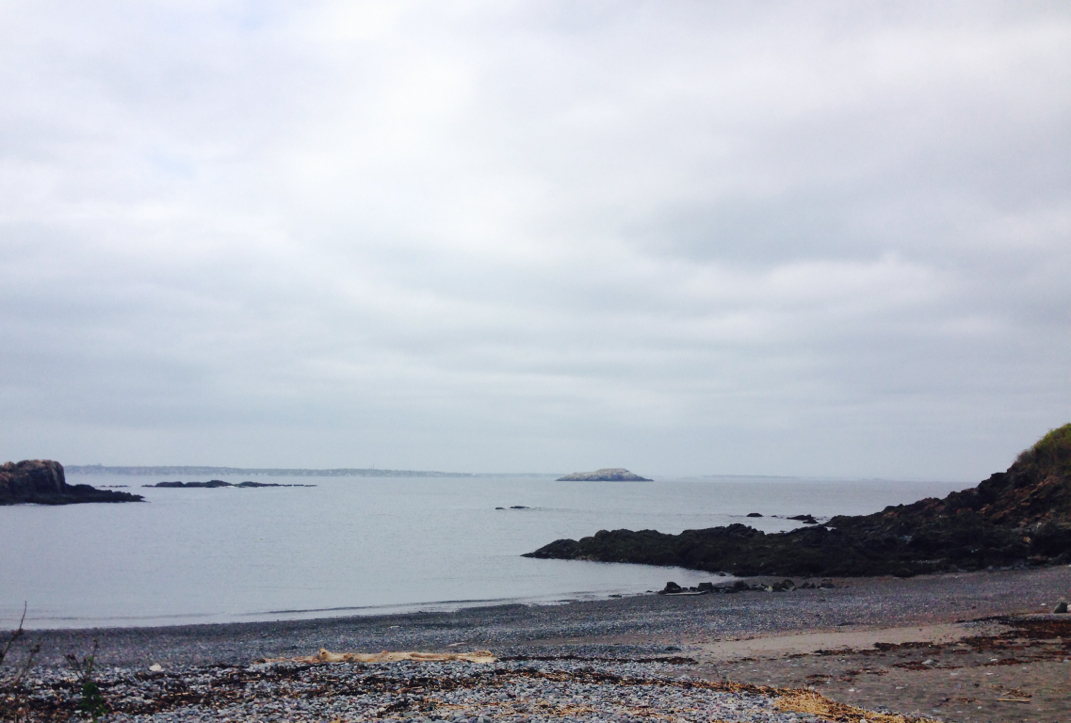
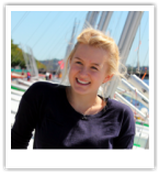
 RSS Feed
RSS Feed
